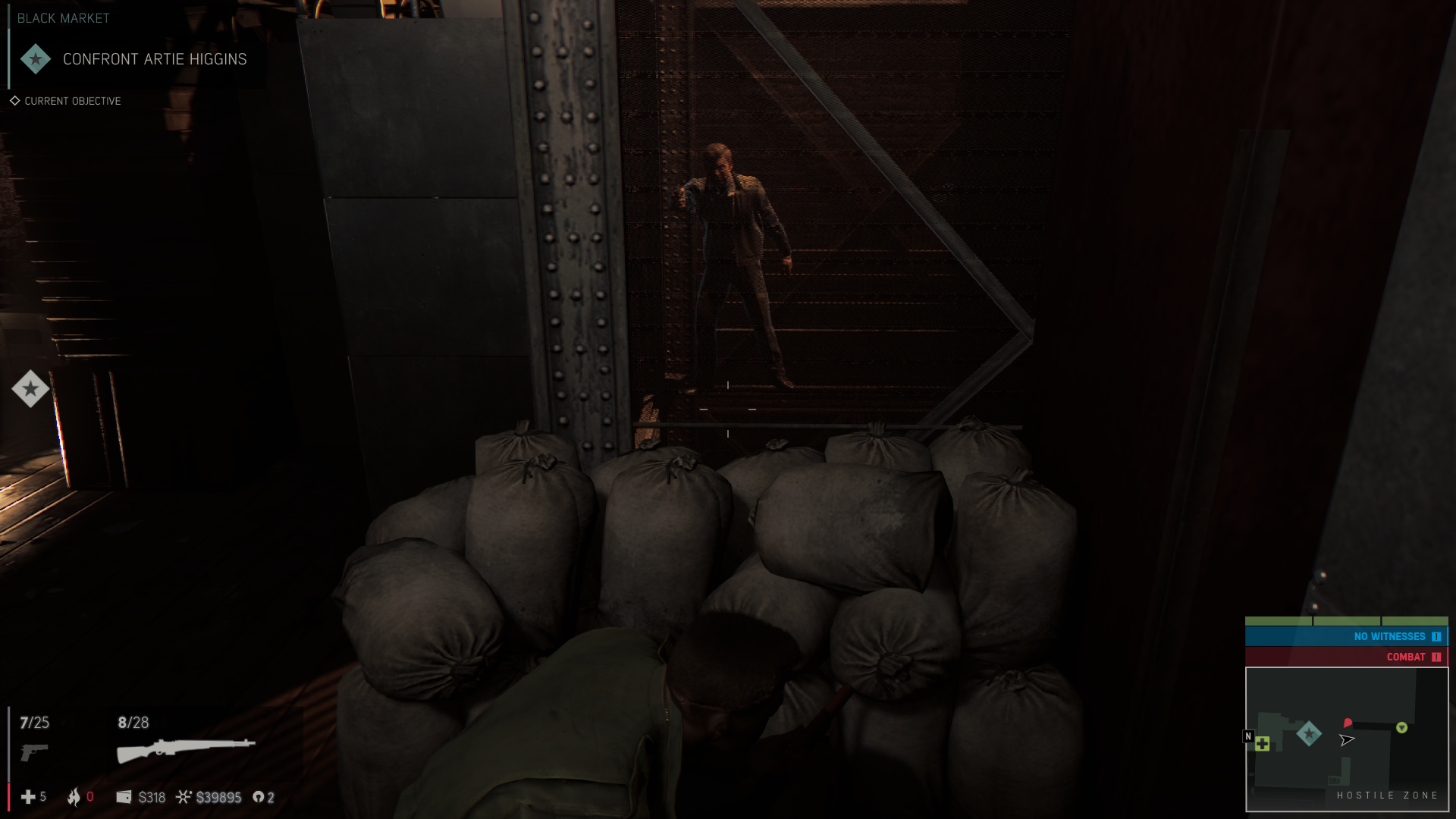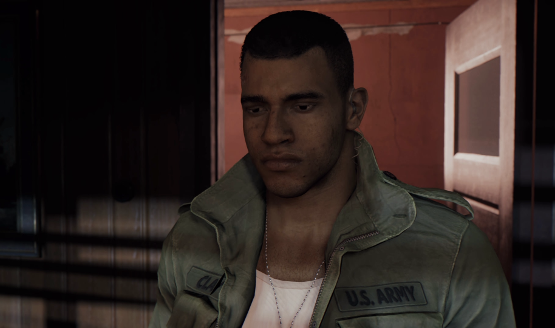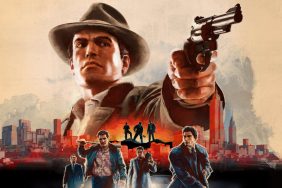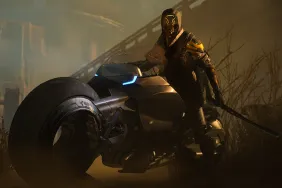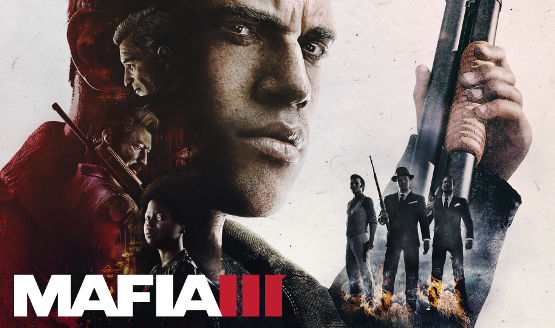
It has been over six years since we last saw the Mafia series of games. This time, we’re travelling forward in time after the events of the well-received Mafia II, and moving from Empire Bay to New Bordeaux, a take on New Orleans. Does the newly-minted developer Hangar 13 have the chops to do this series justice? Let’s find out.
New Time, New Place
Without giving much away, you play as Lincoln Clay, a Vietnam war veteran whose life has been tough from the word go. When you get back home, things are turned upside-down once again, and you are determined to have your revenge. The twist is that these events take place in 1968, a very tumultuous time in America’s history. Lincoln is an African American, in a setting that reminds him of that fact nearly anywhere he goes. This is a game that very much earns its M rating. There’s “good ol’ boys” calling Lincoln and other racial minorities all the popular slurs of the times, and Playboy magazines to collect, nude spreads and all. Lincoln’s melee kills are also particularly brutal, though you do have the option of performing non-lethal takedowns instead.
New Orleans is spiritually re-created as New Bordeaux in Mafia III, and those who love this portion of the American South will really enjoy the setting. The game begins (though not chronologically) around Mardi Gras, when the city does really feel alive. Between the classic American muscle cars cruising the city, diners, and large industrial lots, there is no mistake that you are in a quintessential American city. The bayou area even features alligators in the swamps, which is something to consider if you decide to go for a swim. The city certainly feels alive, even if it doesn’t really look all that good.
Graphically, Mafia III is a mixed bag. While character models are crisp, and emotions are easily displayed during cutscenes, the rest of the game is disappointing. Most things in the distance are blurry, and there is a very weird effect constantly in the distance, which makes the road appear reflective when it should not. Furthermore, lighting is also occasionally an issue, where, depending on the time of day, the sun will completely block out your view.
Impeccable Audio, Awful Intelligence
On the other hand, the audio in Mafia III is impressive. There are several radio stations featuring all the music you could ask for from the time period. Just a small sampling of the stations reveals songs from Elvis Presley, Etta James, Jimi Hendrix, Marvin Gaye, the Ramones, and so much more. More than anything else, it’s the music that gets you to believe that this game takes place in the late ‘60s.
The control scheme is a little different than other third-person games of this nature, and takes a little bit of getting used to. Oddly, you cannot jump, which limits your mobility on occasion. Instead, on certain objects, you can climb by moving towards the object and pressing Triangle. I do commend Hangar 13 for coming up with a control scheme that works for combat while driving. You simply press L1 to select a target, and then press R1 when a reticle turns green on the target, which does so when you are close enough to the target and have a clean shot. It sure beats attempting to manually aim while driving at the same time. Speaking of driving, it is actually rather pleasant once you turn on the game’s simulation handling model, as opposed to the more arcade-type controls which are on by default. Cars feel like they vary more with the simulation mode turned on, with sports cars handling much tighter than the cruiser automobiles.
A major flaw in Mafia III is in its AI implementation. I knew from the early hours spent with this game that this would be an issue. Enemies are hilariously predictable, which makes most missions a yawn-fest in terms of challenge. Lincoln has an Assassin’s Creed-like ability to see enemies through walls, outlined in red, without ever actually seeing them. Holding left on the directional pad causes you to whistle, which can draw out a single enemy. Even if your whistle is within the severely limited earshot of the enemies, only one of them will investigate at a time. This means that you can quickly have a pile of eight or nine enemies, all lured out the same way, and all not even reacting to the dead body pile they are walking up to in broad daylight.
Deja Vu
Variety is the spice of life, or so they say. Mafia III evidently didn’t get that memo. Almost every single mission, story or optional, consists of running around town, taking out a target, and moving on. Now, sure, most open-world games consist of little more than that. But in most games, at least the scenery changes. In Mafia III, you can expect to see the same building layout repeated multiple times. In one particularly glaring case of repetition, I had overtaken a black market operation as part of Lincoln’s grand plan of taking over the city. I killed all the gang members in the area, and did enough damage to bring the Underboss out from his lair. After talking to someone else to move the story along, I was commanded back to the same building, where this Underboss apparently hung out. Yes, the same building that I had just cleared, leaving bodies everywhere, was suddenly populated with more enemies. The kicker was that while the dead enemies were gone, the weapons and even cash they left behind was not, a sign that I was not imagining things.
Mafia III is a conflicted game. It has a wonderful setting, and an engrossing story. Characters are portrayed as complex people, with flaws and baggage all of their own. There’s a believable conflict going on, and the game has a unique way of telling it – through investigative flashbacks. There’s some sort of almost documentary-like video being filmed, and key characters speak their minds about what they think about Lincoln and others. The writing is great, with an especially emotive, even moving, performance from Barry O’Rourke as Thomas Burke.
While Mafia III is not a game-changing entry, it is a genuine attempt to tell an entertaining story. It’s too bad that technical and graphical issues get in the way of progress on occasion, and a few gameplay mechanics cause the game to quickly boil down to the same handful of mission types, which means to get to the next chapter of the main story takes some monotony. Still, for fans of America’s deep South, the 1960’s, or good storytelling, Mafia III is worth your time and money.
Mafia III review code provided by publisher. For more information on scoring please see our Review Policy here.
-
Excellently-crafted story
-
Wonderful audio work
-
New Bordeaux feels authentic
-
Repetitive missions
-
Disappointing graphics
-
Terribly stupid enemy AI
Mafia III Review
-
Mafia Iii Review 01
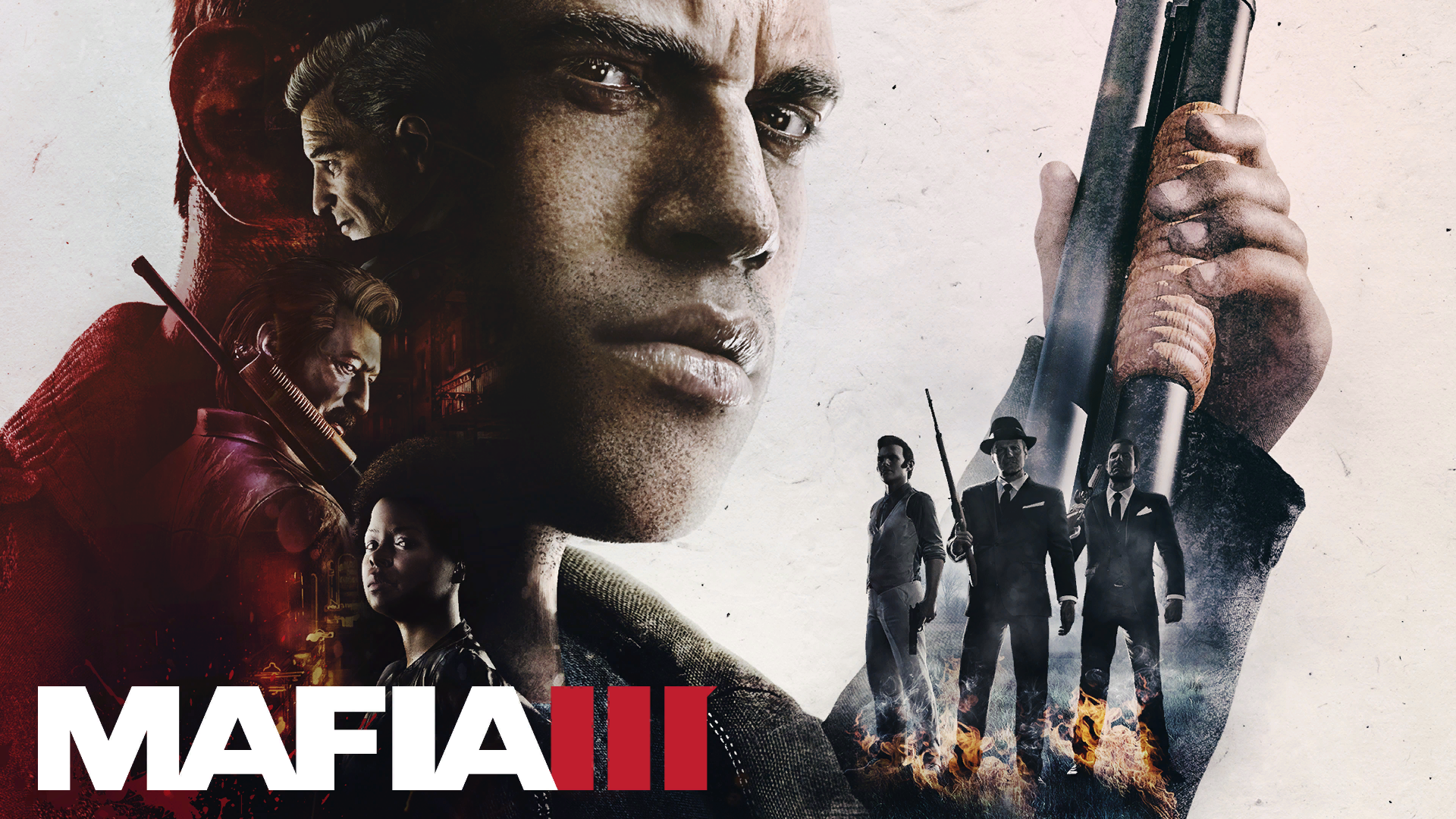
-
Mafia Iii Review 02
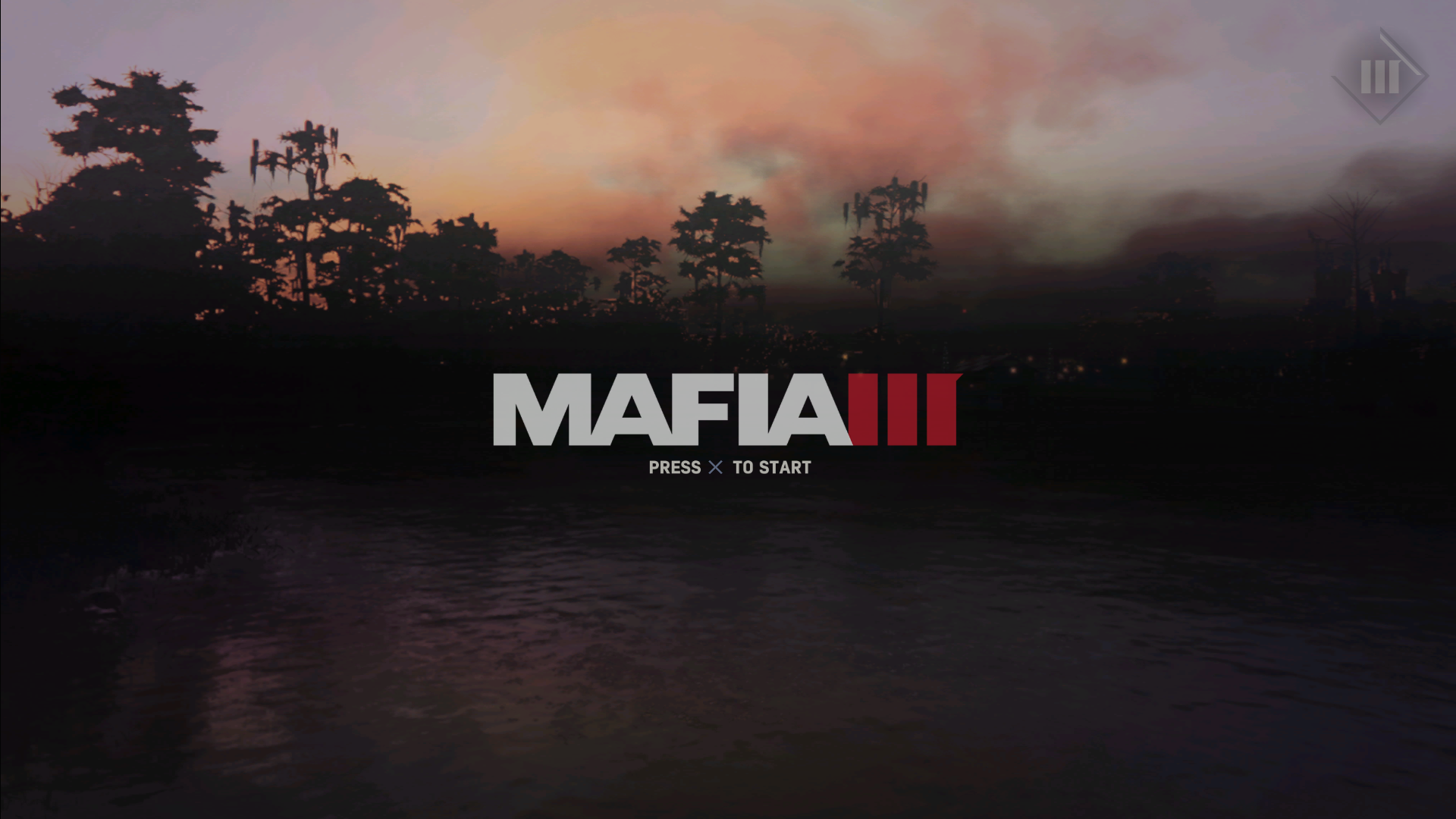
-
Mafia Iii Review 03
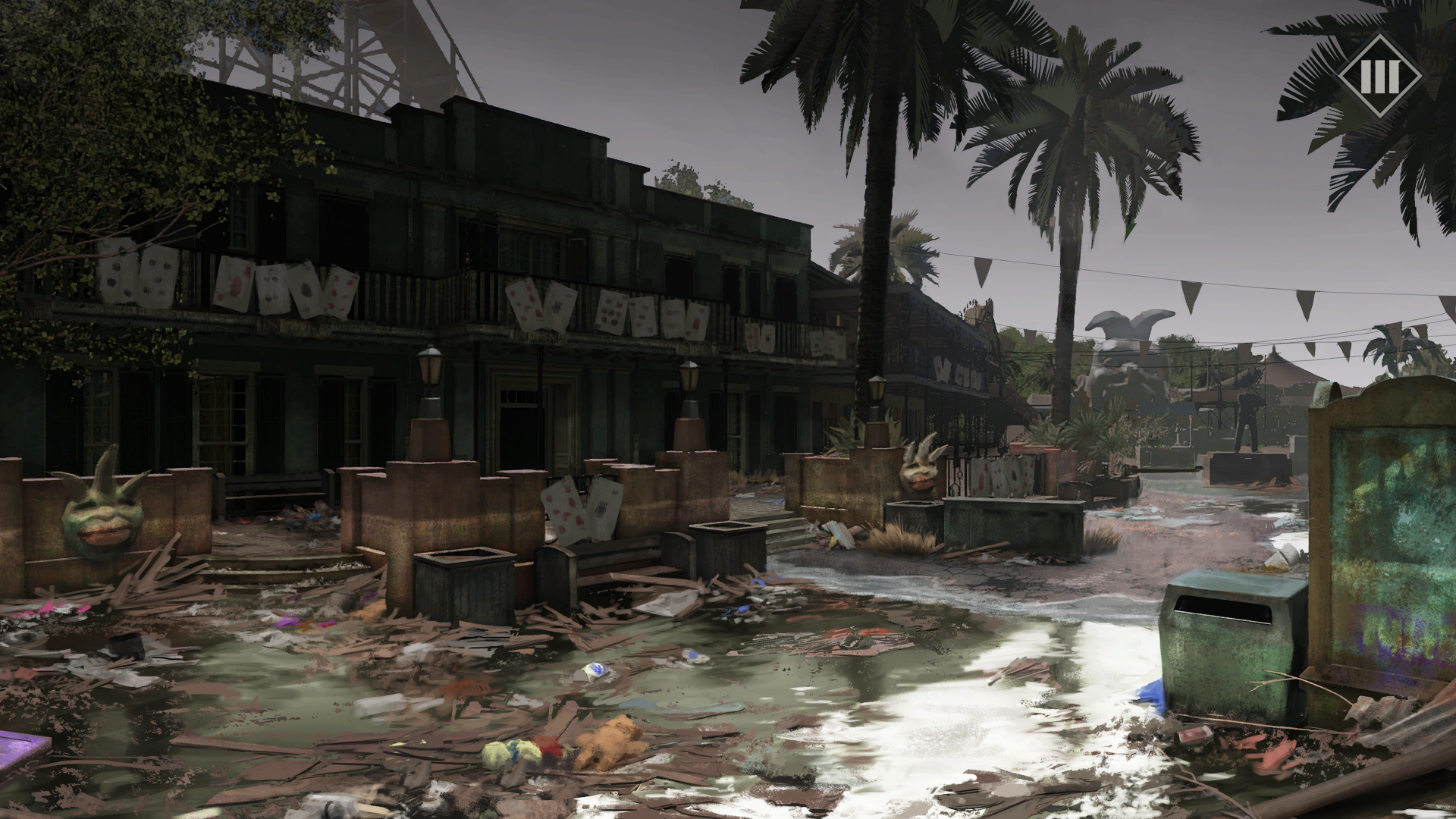
-
Mafia Iii Review 04
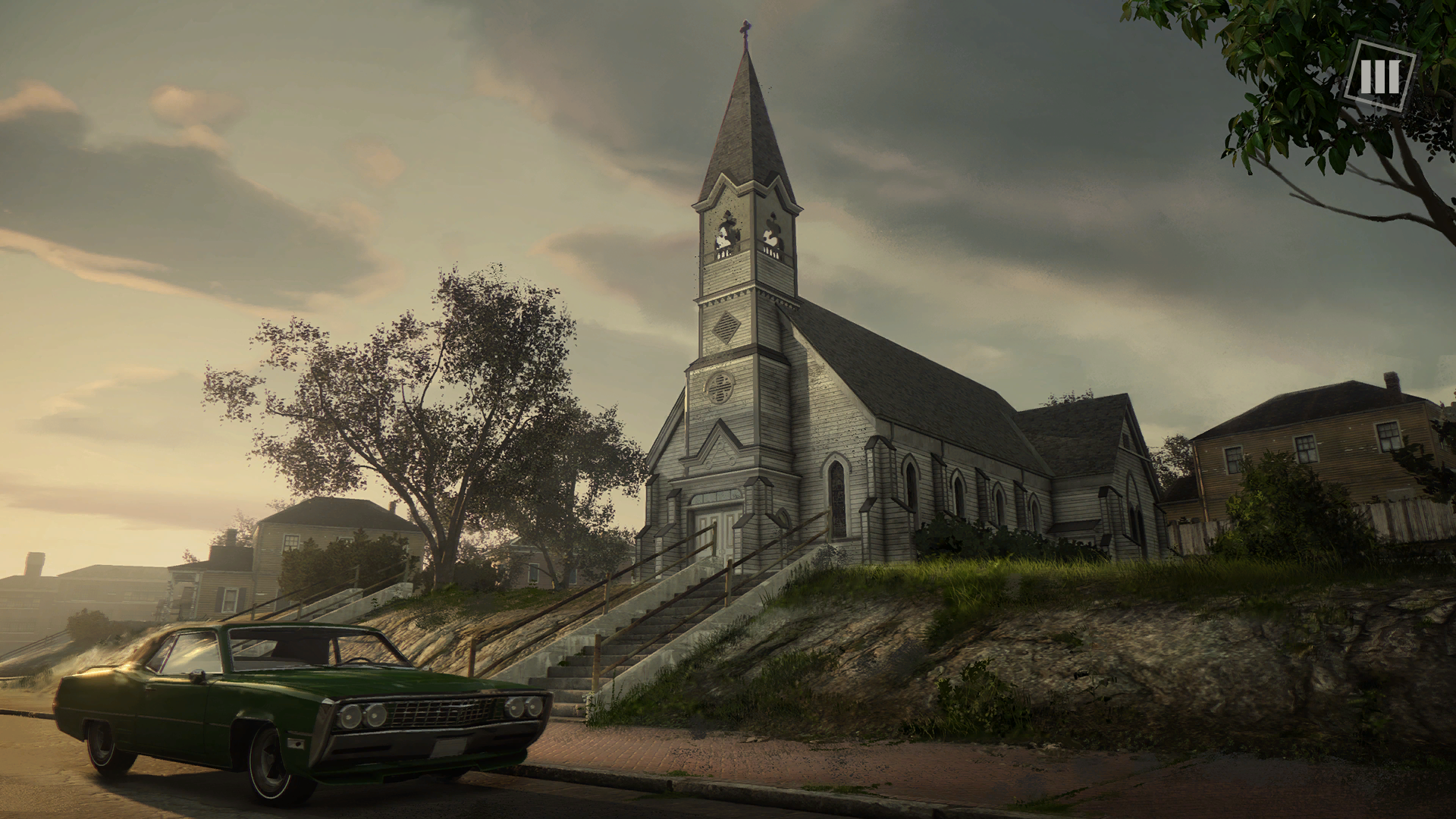
-
Mafia Iii Review 05
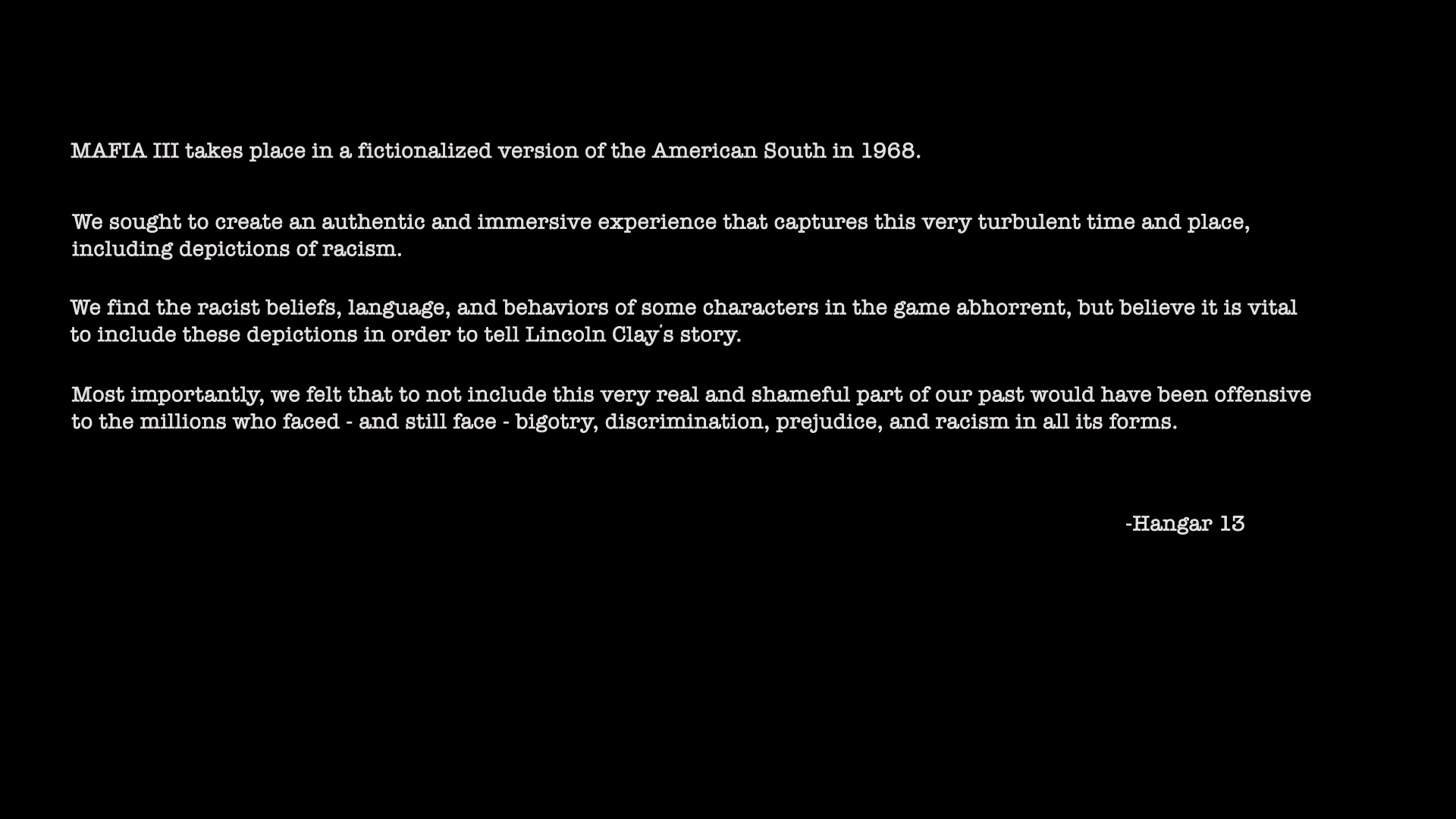
-
Mafia Iii Review 06
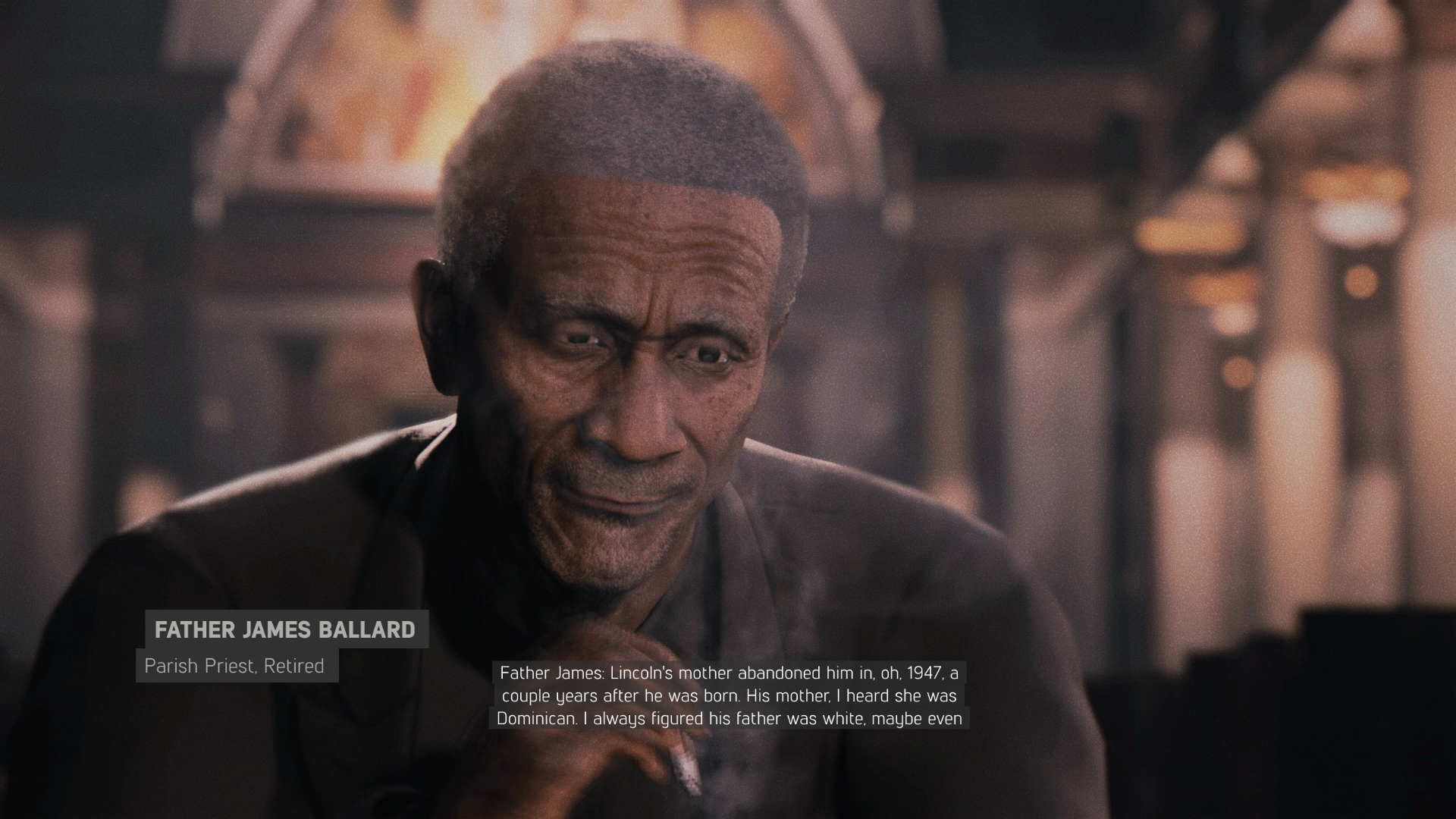
-
Mafia Iii Review 07
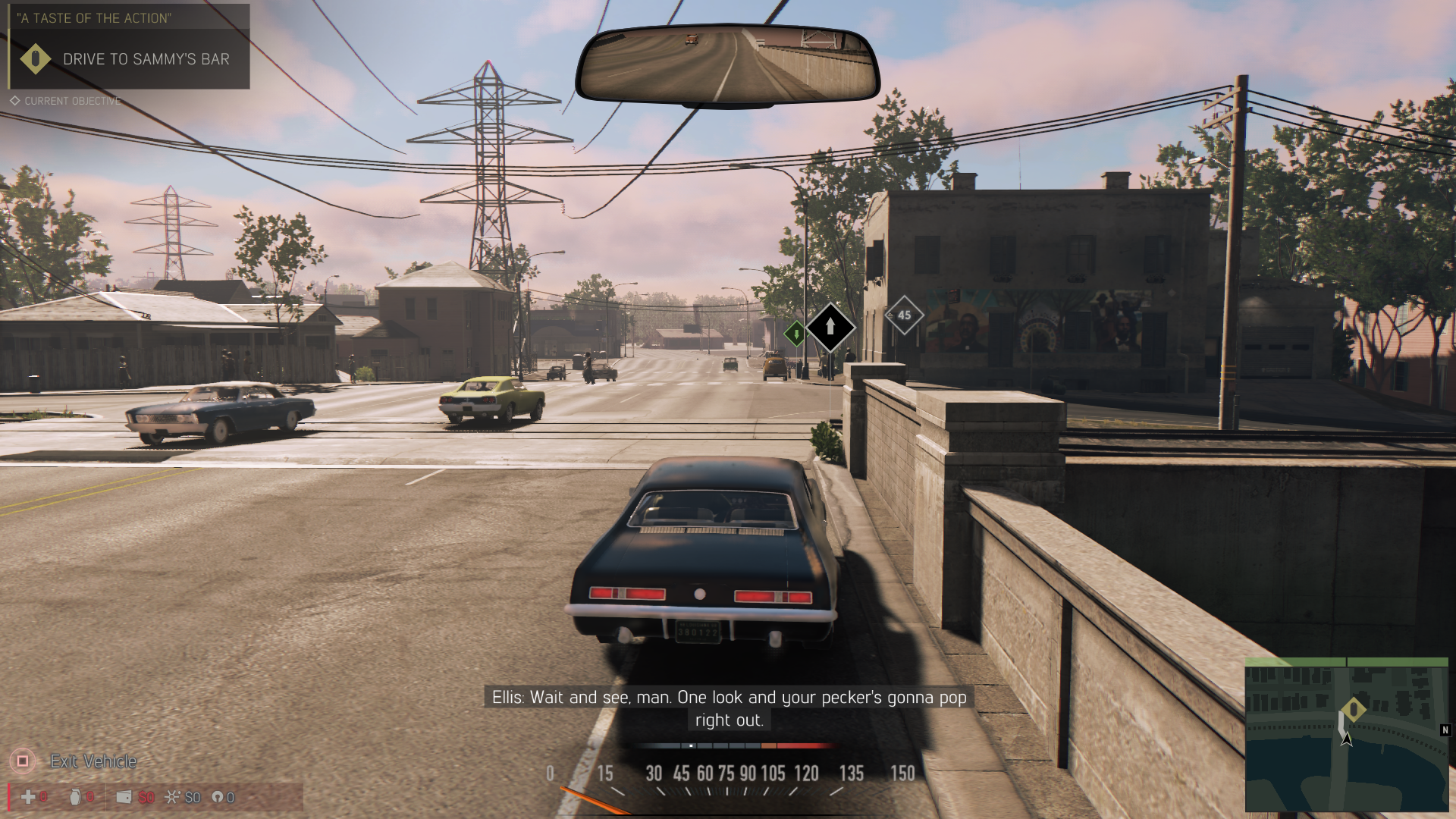
-
Mafia Iii Review 08
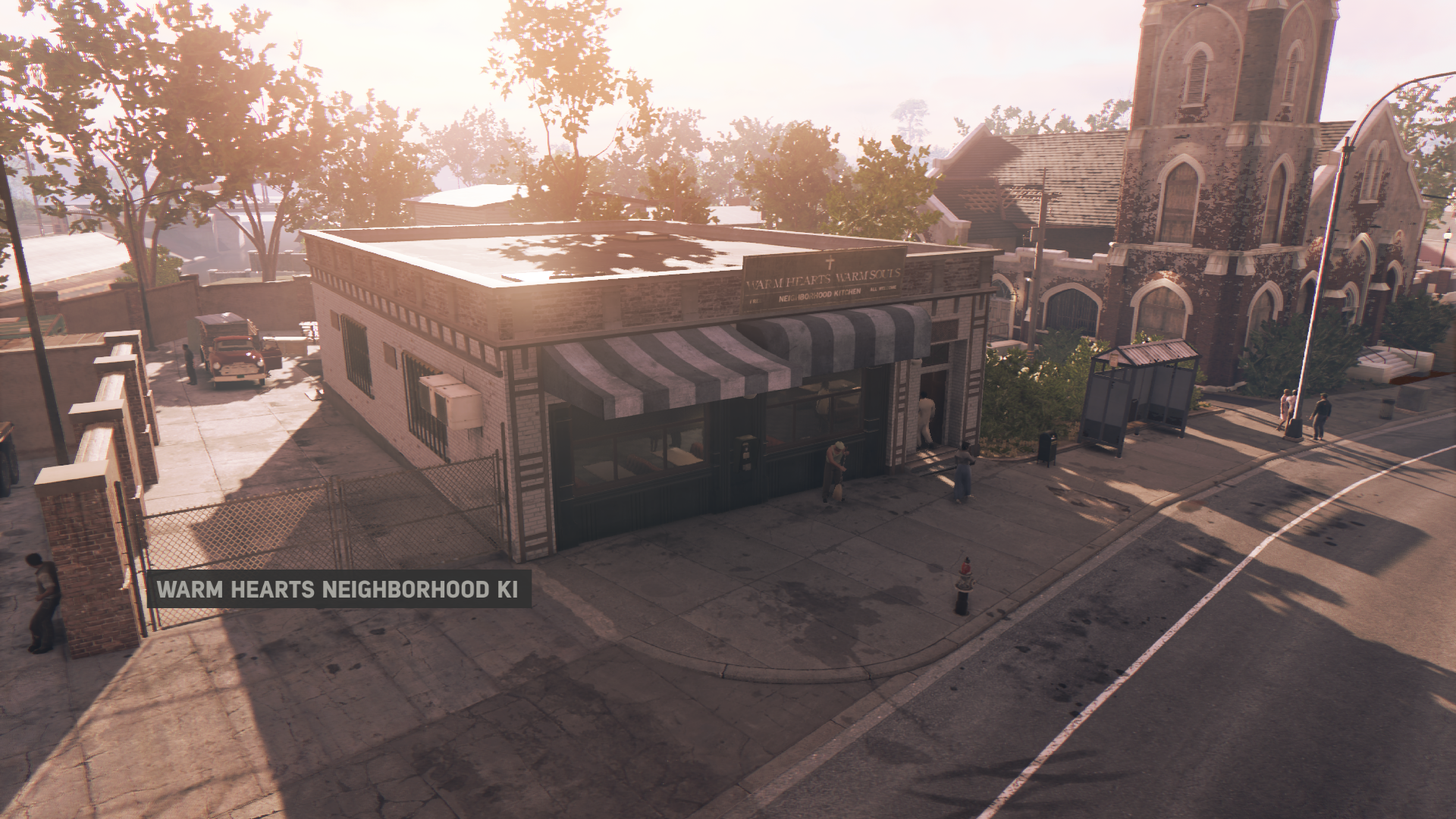
-
Mafia Iii Review 12
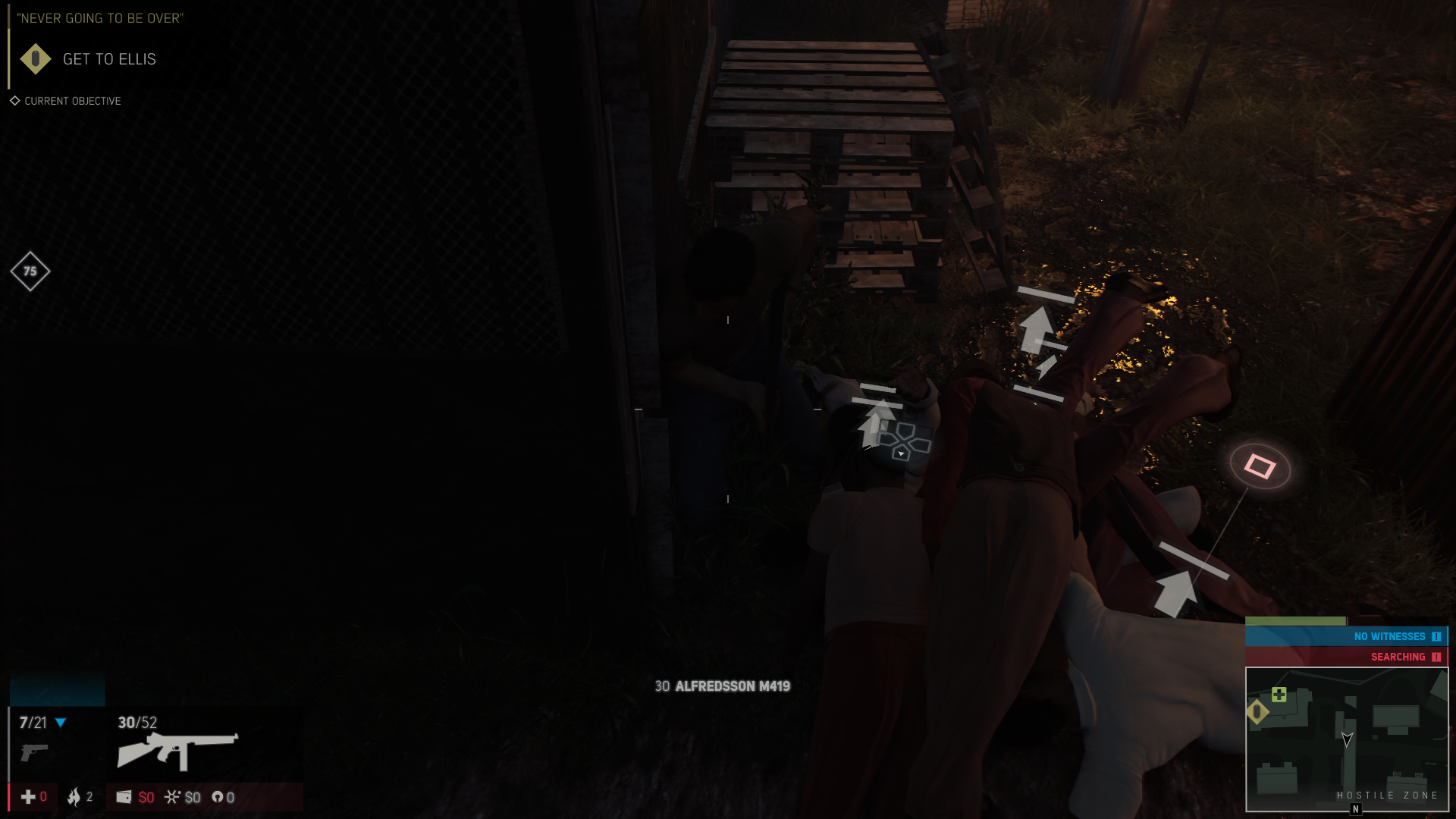
-
Mafia Iii Review 13
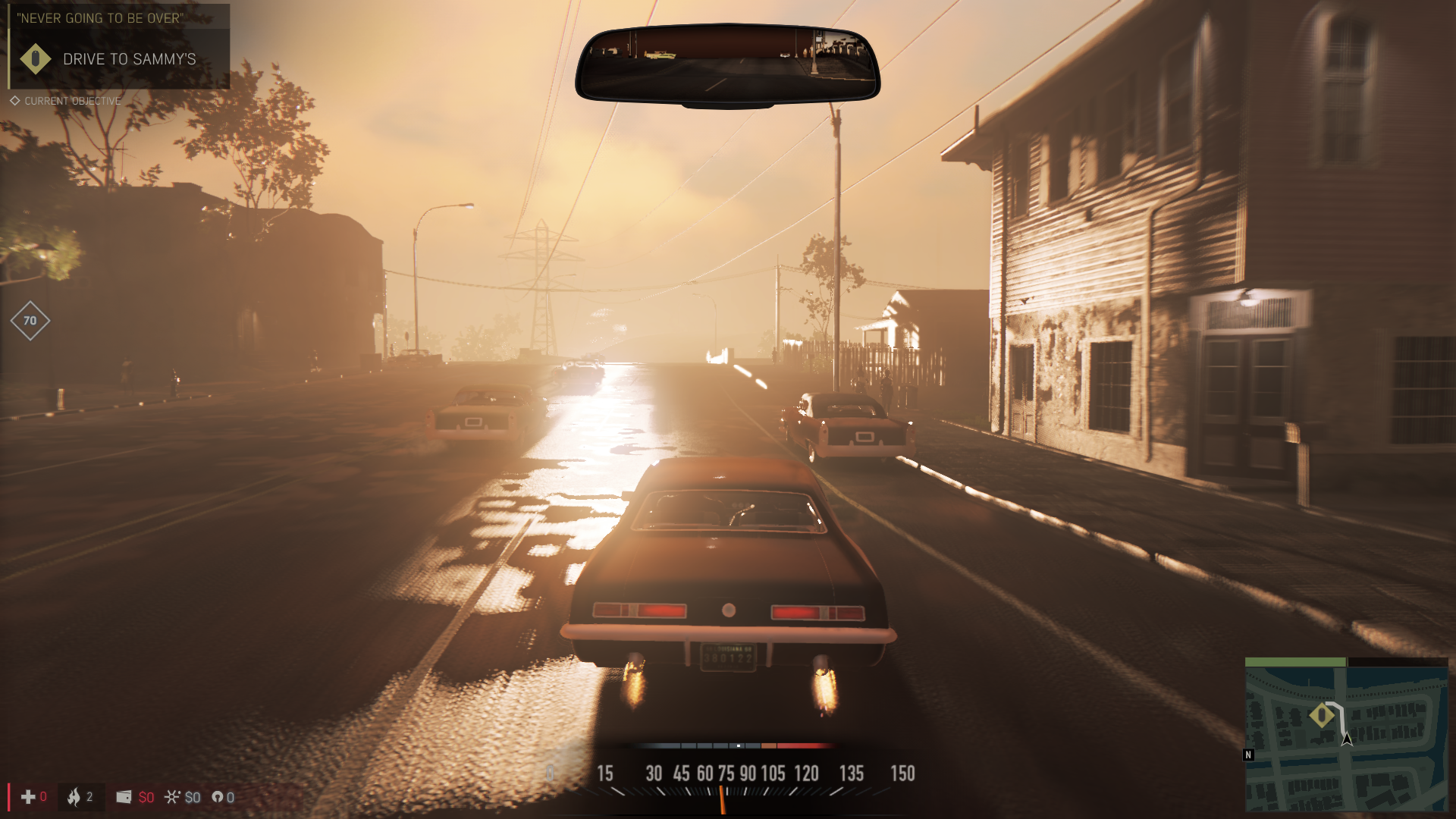
-
Mafia Iii Review 14
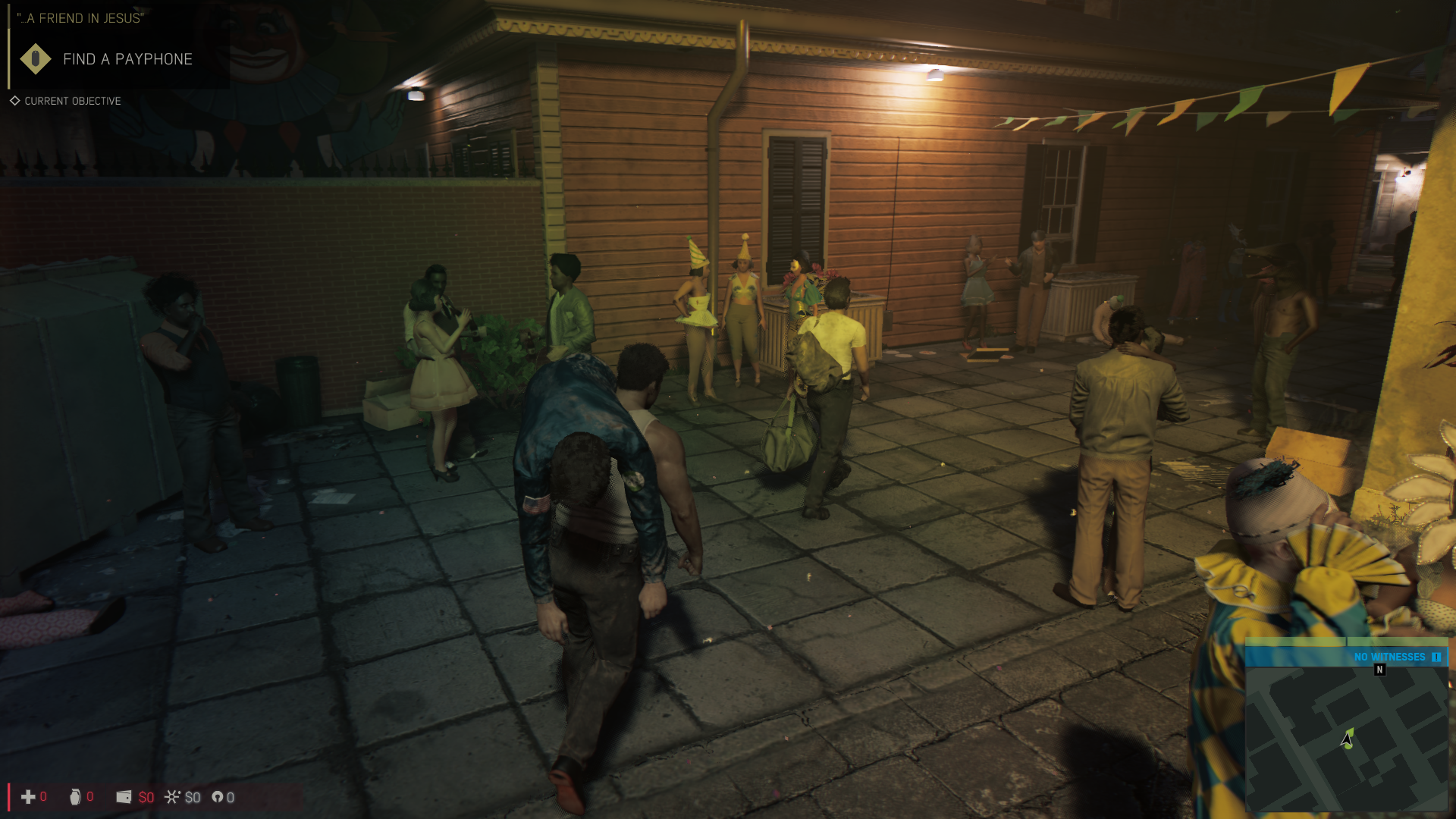
-
Mafia Iii Review 15
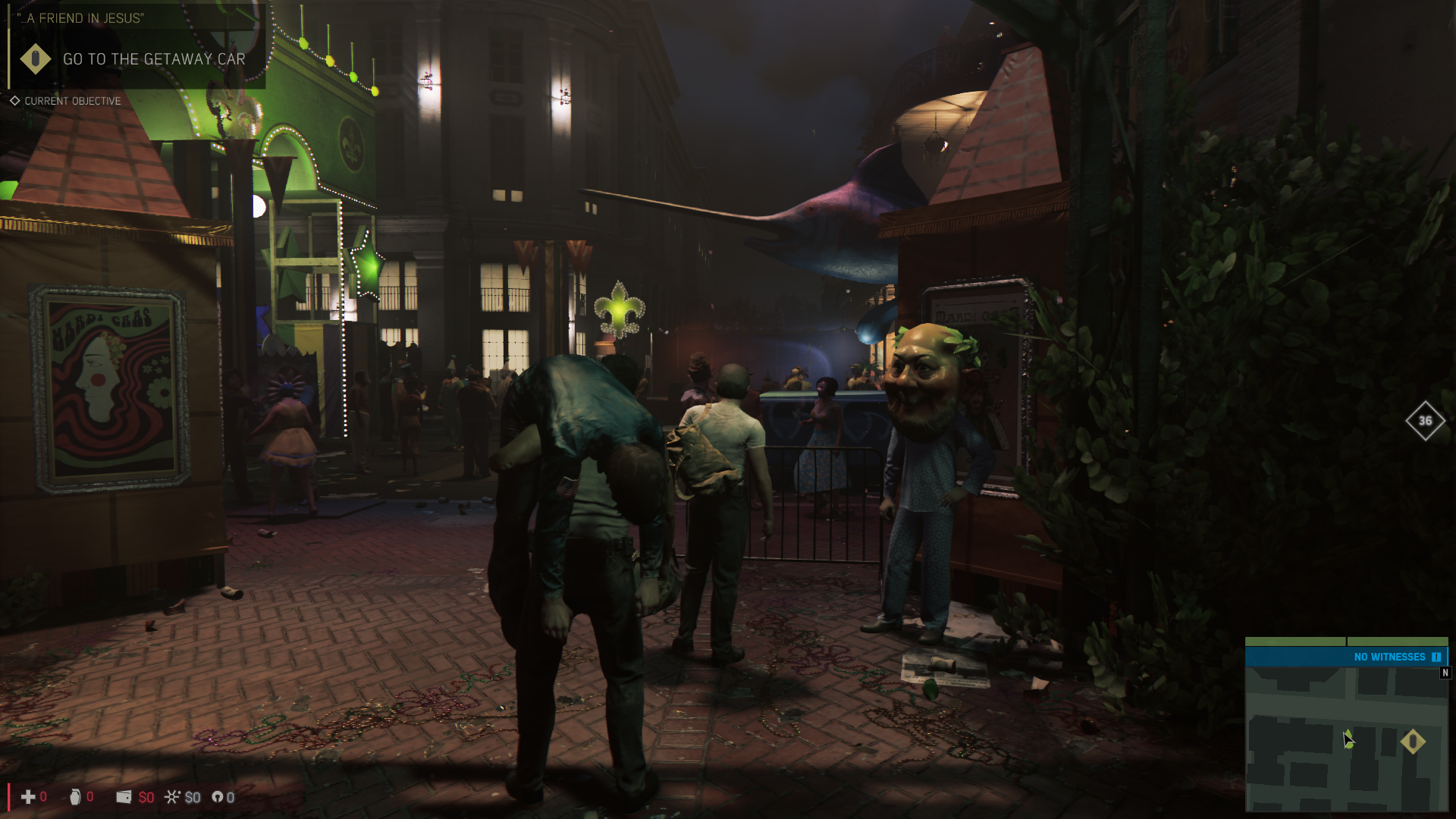
-
Mafia Iii Review 16
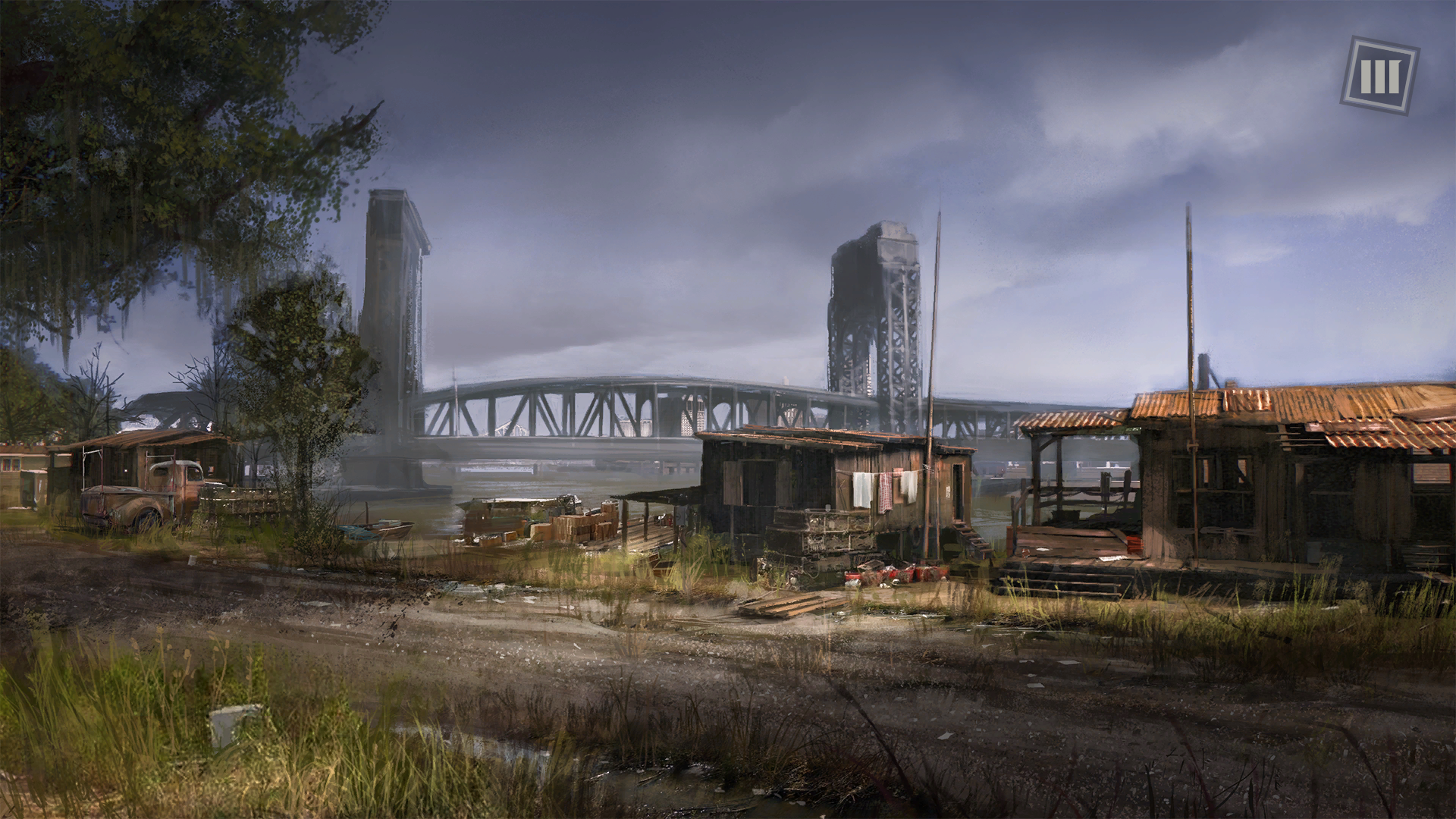
-
Mafia Iii Review 17
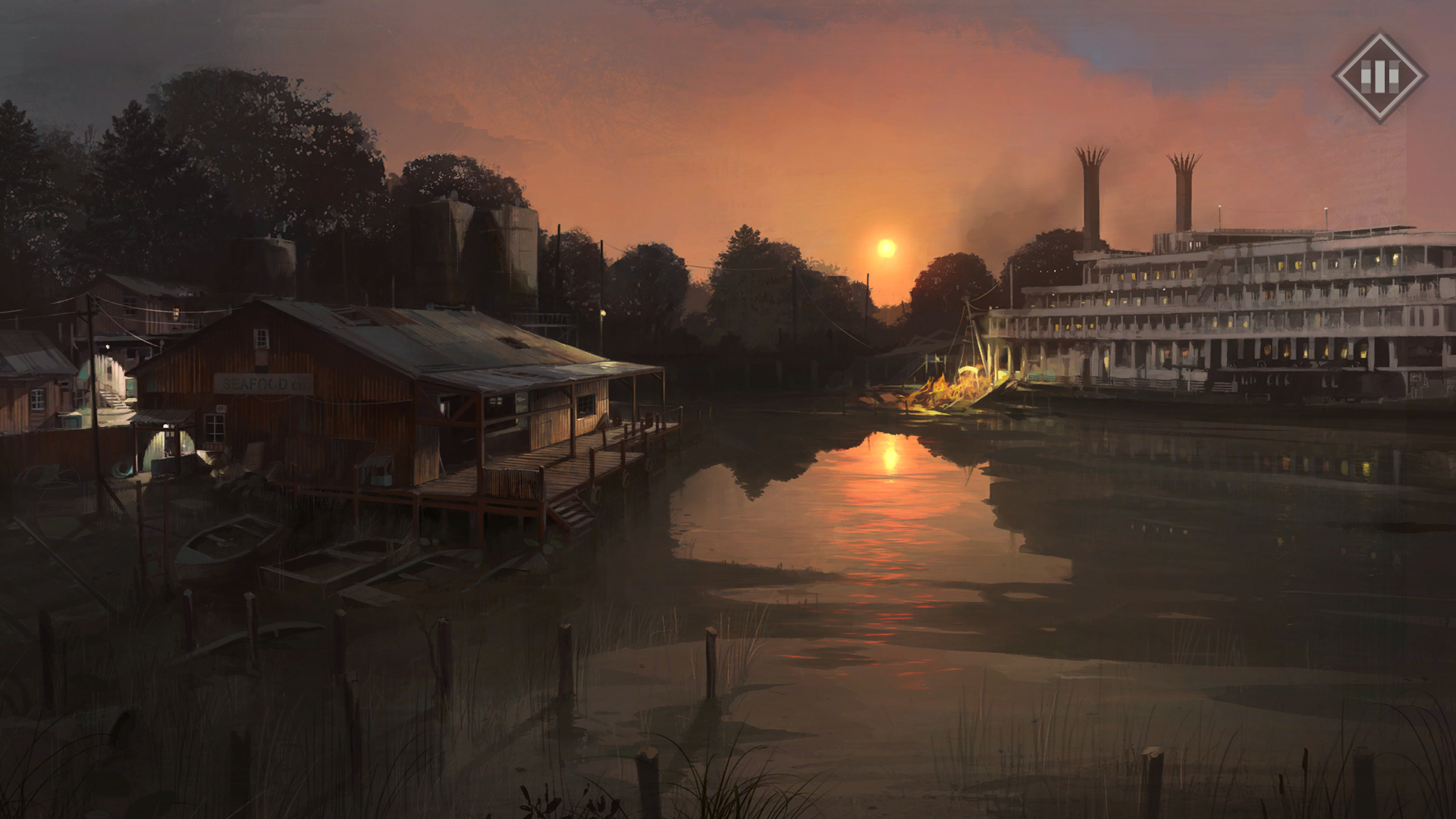
-
Mafia Iii Review 18
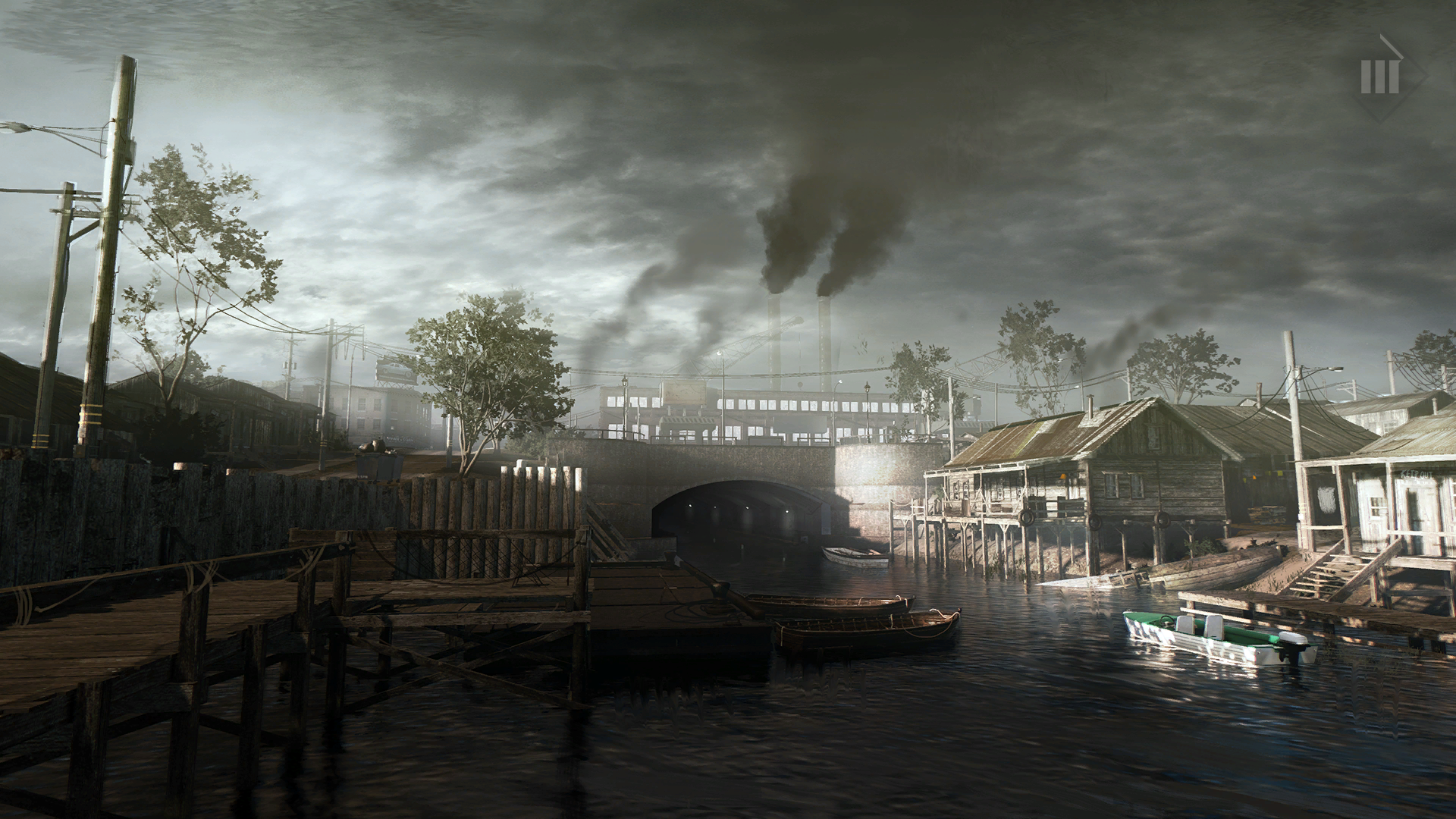
-
Mafia Iii Review 19
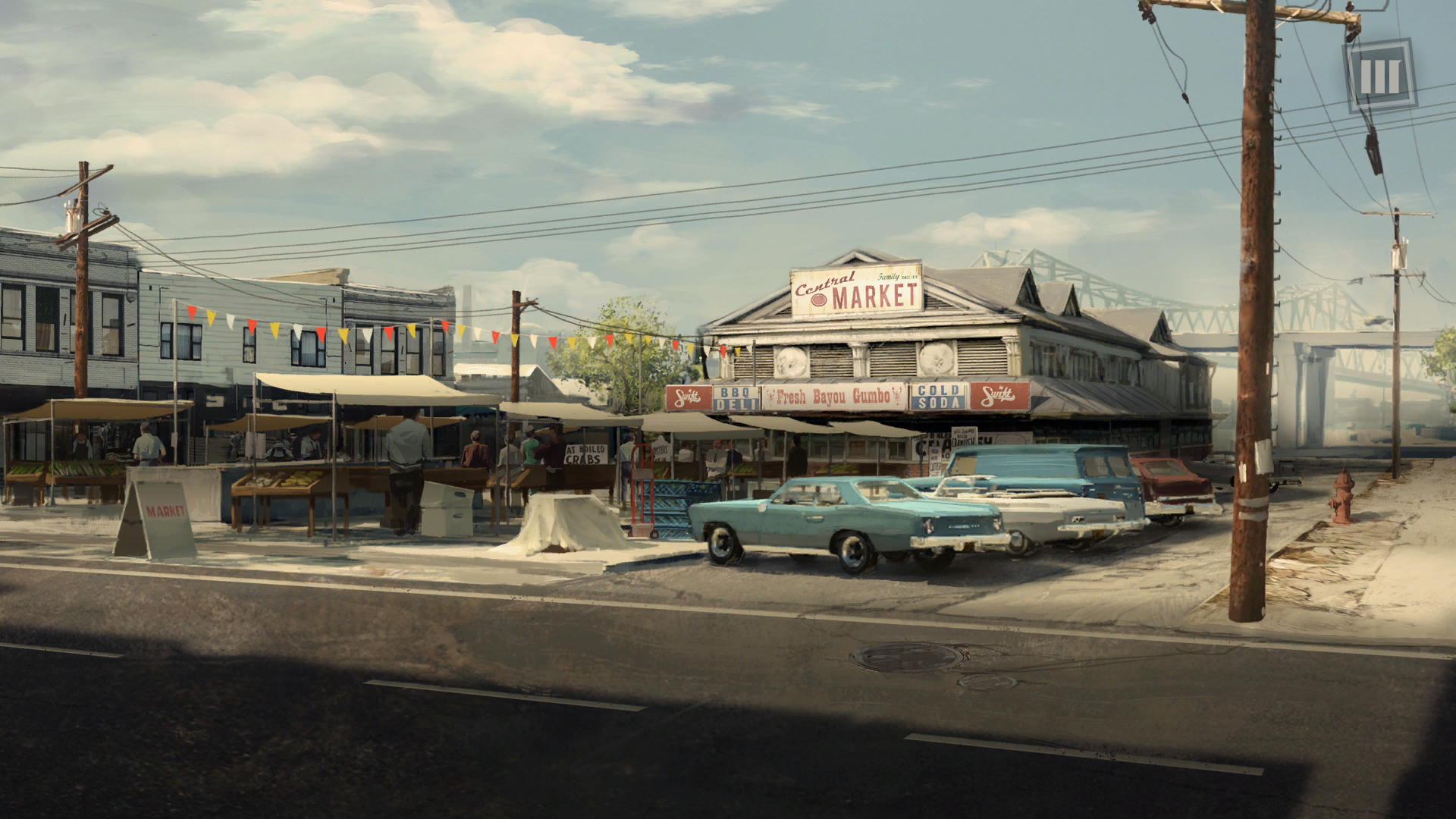
-
Mafia Iii Review 21
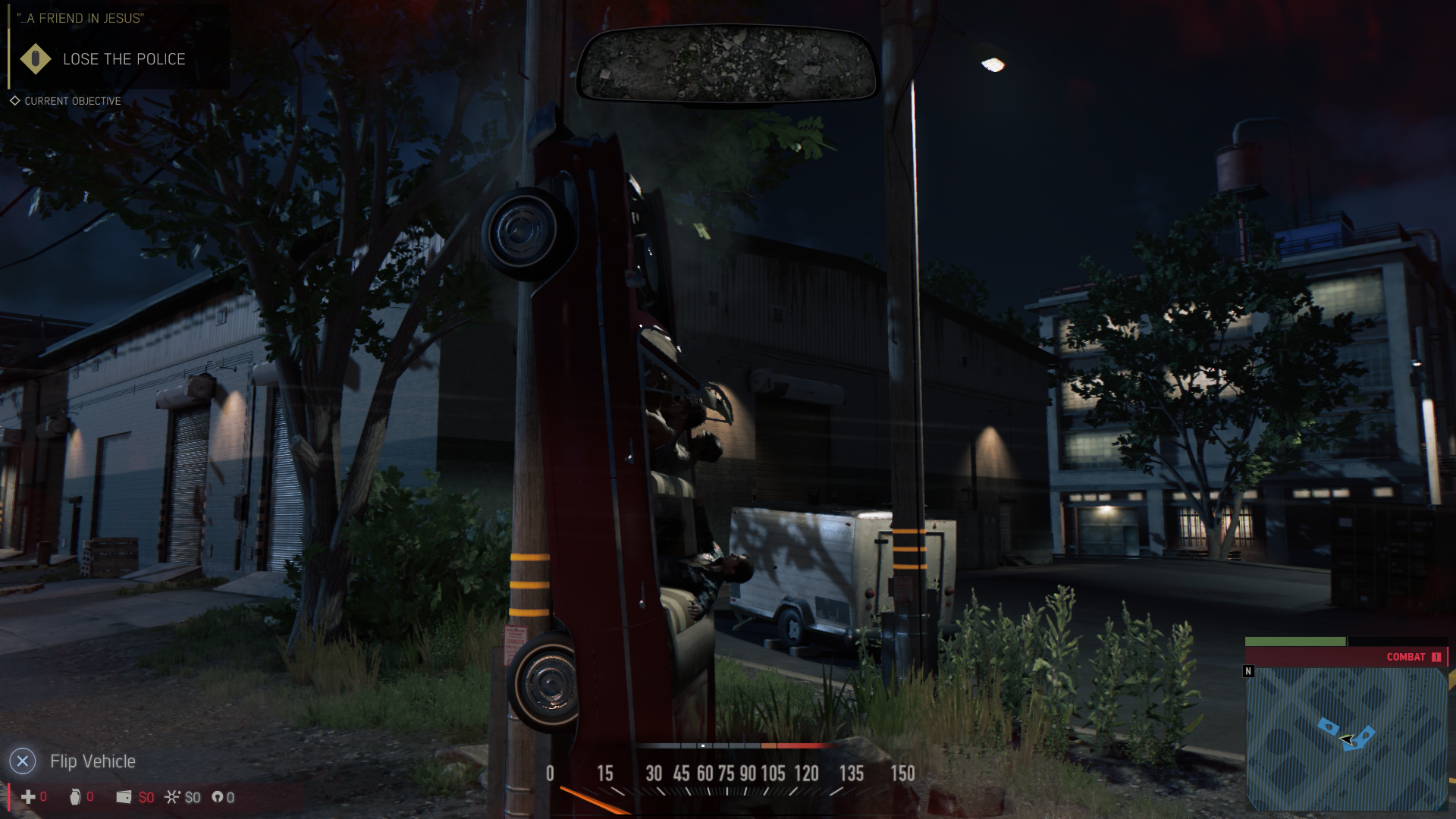
-
Mafia Iii Review 23
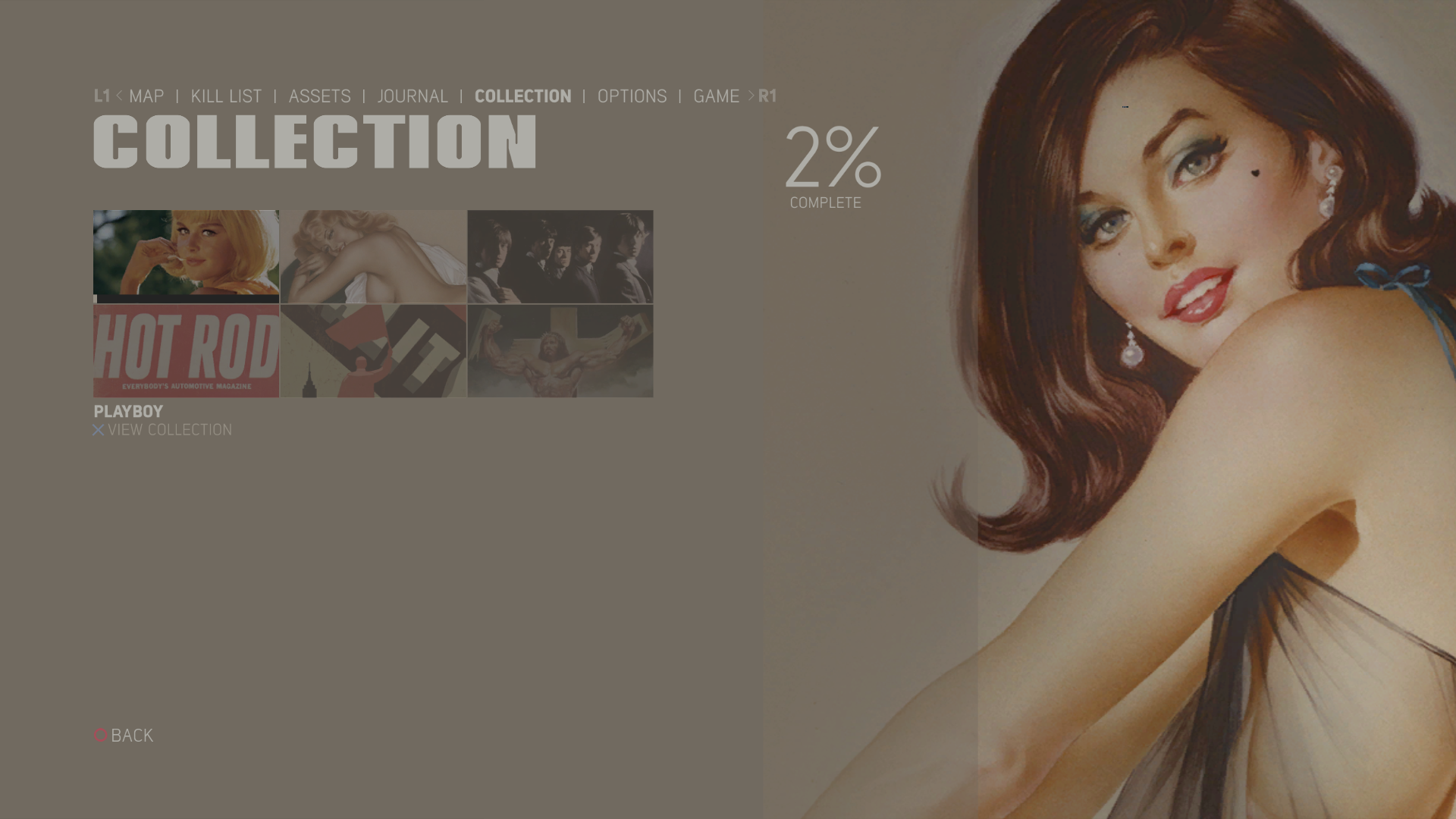
-
Mafia Iii Review 27
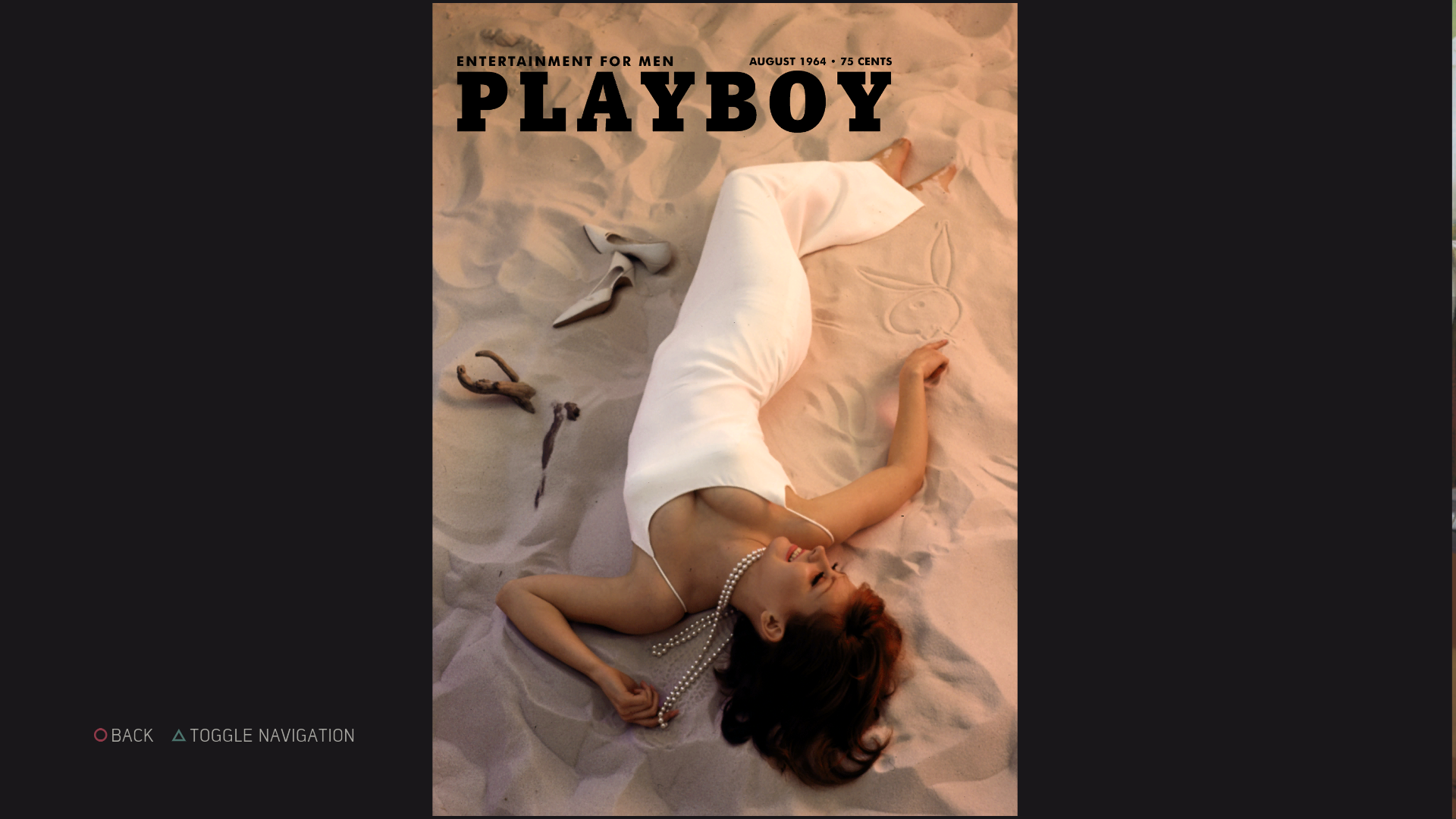
-
Mafia Iii Review 29
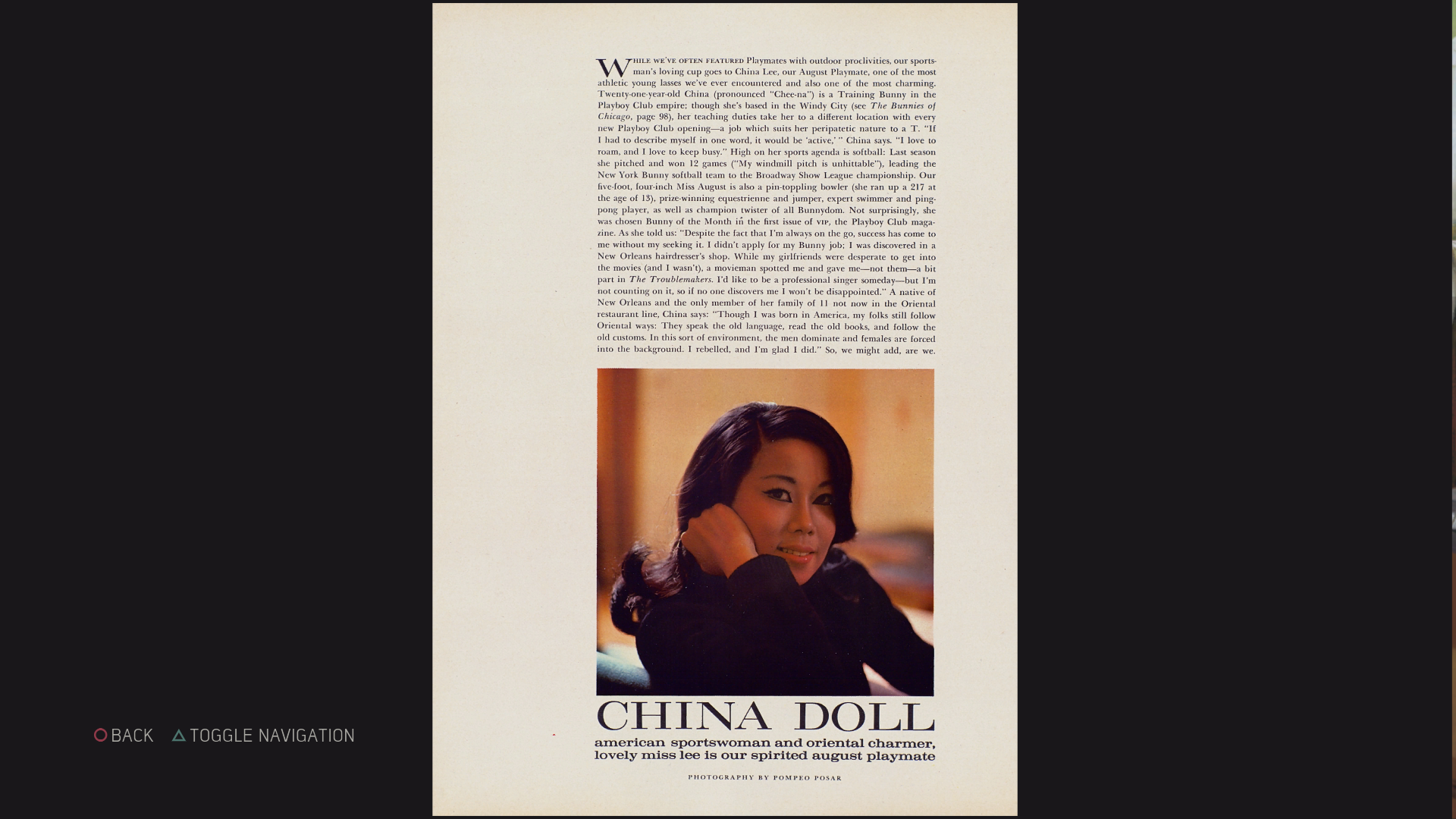
-
Mafia Iii Review 30
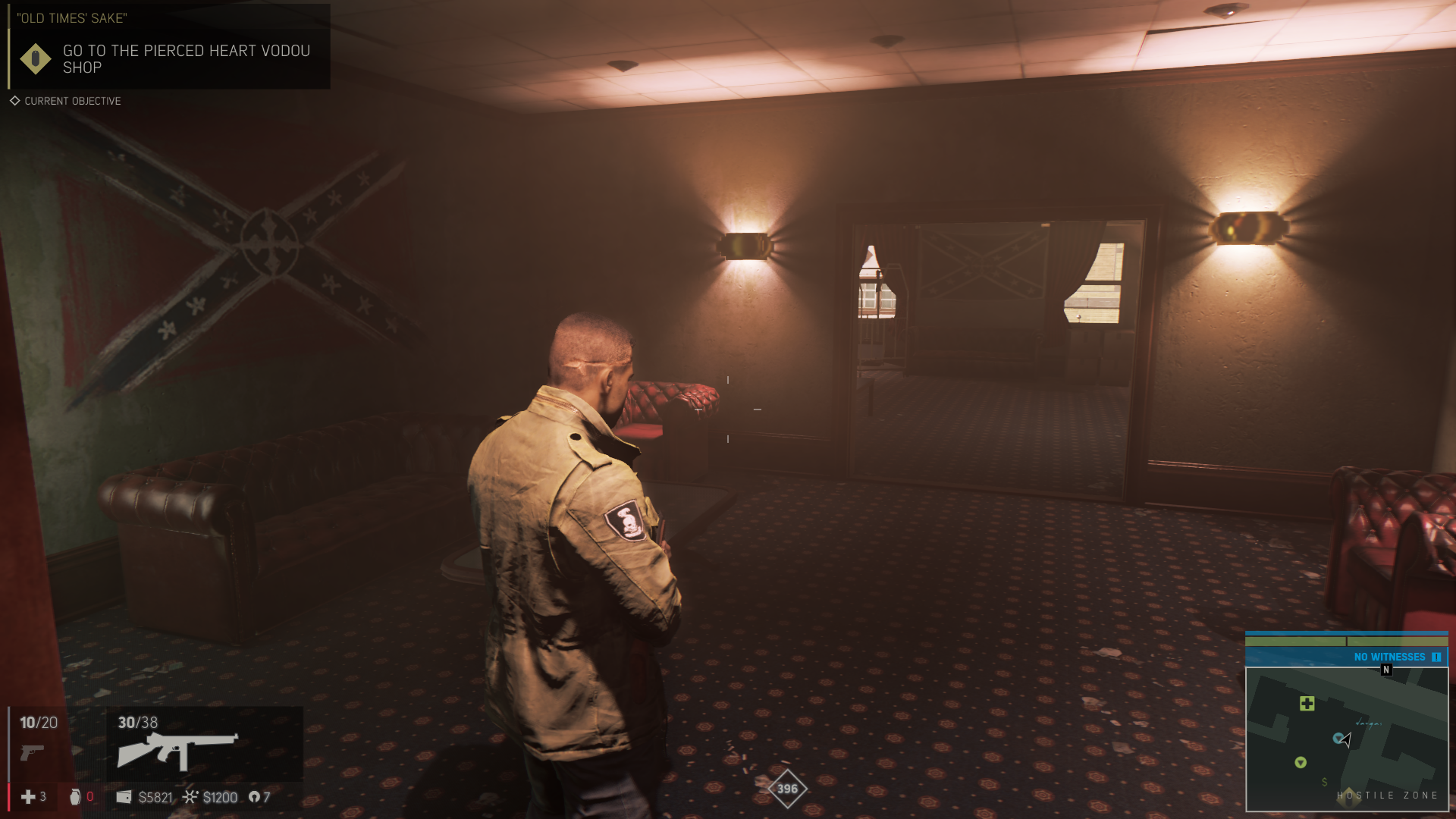
-
Mafia Iii Review 32
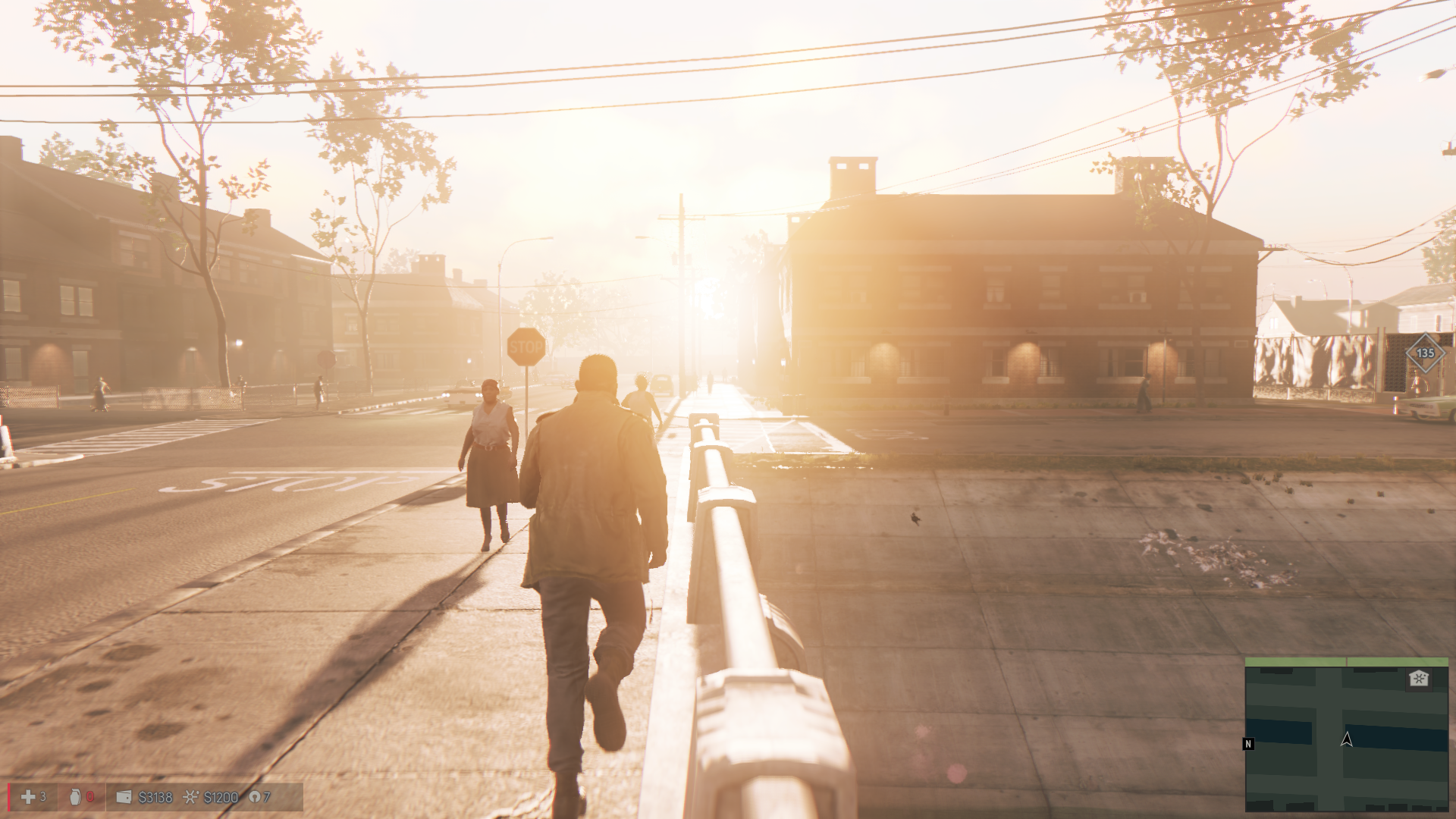
-
Mafia Iii Review 33
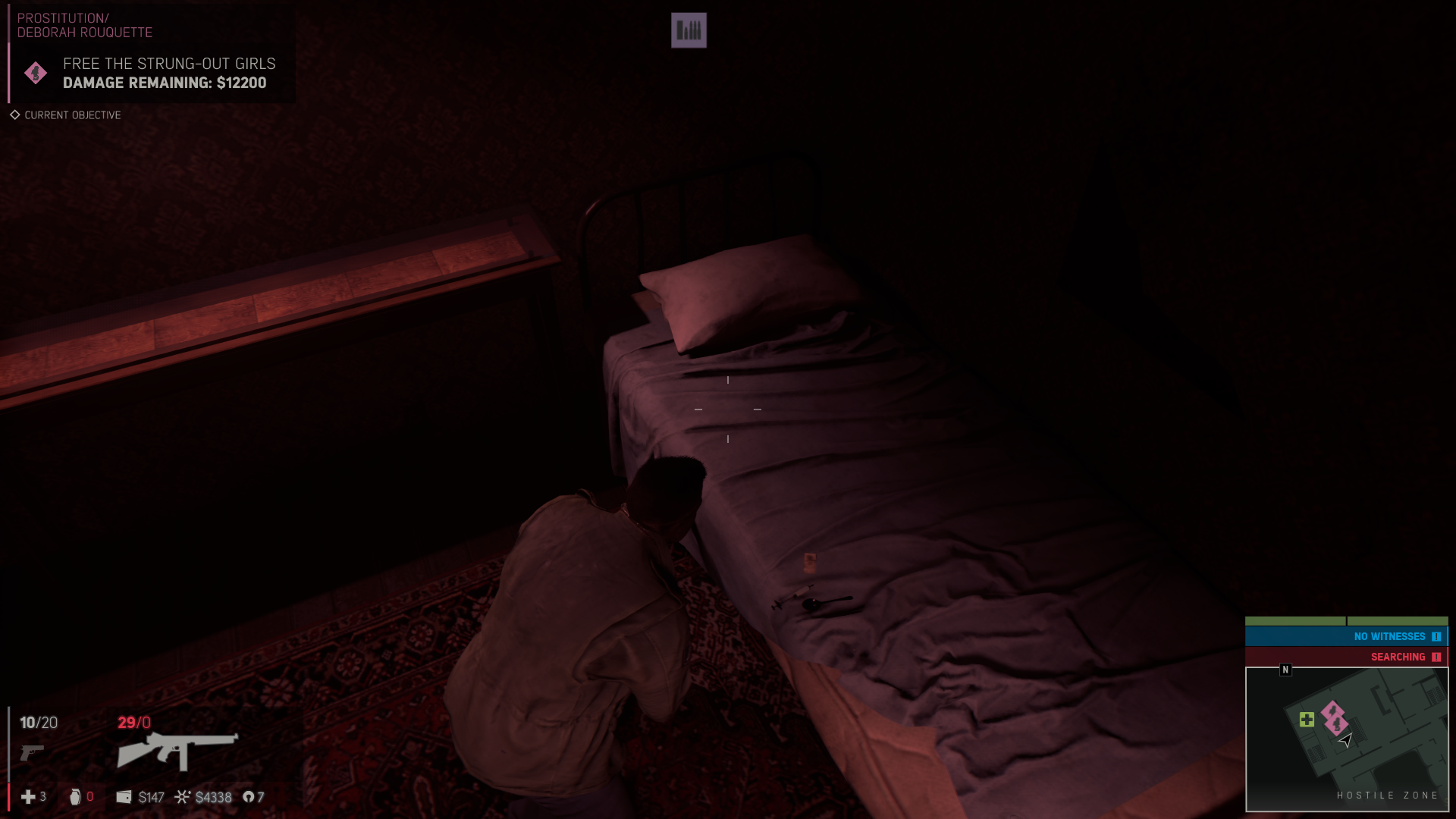
-
Mafia Iii Review 34
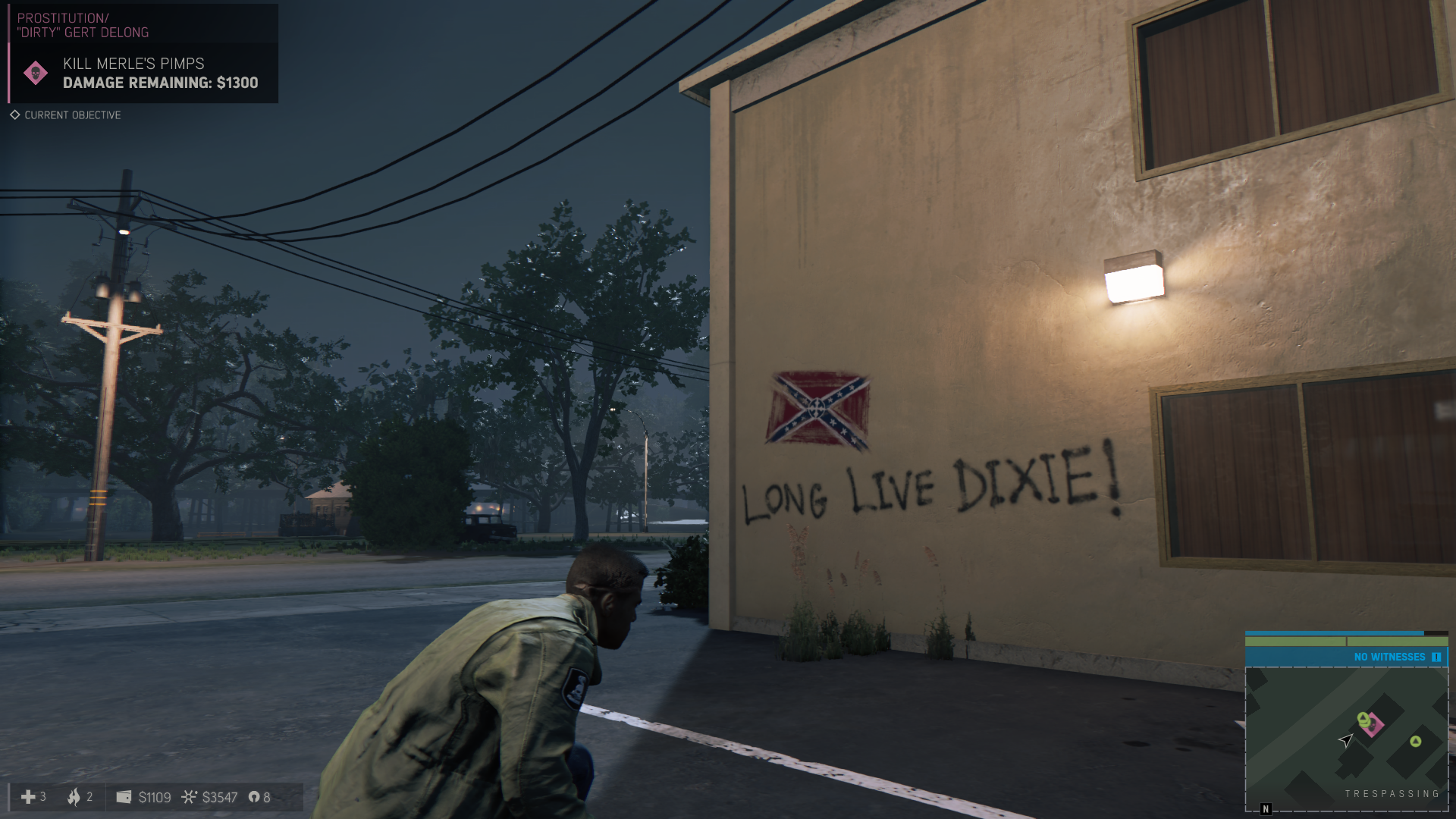
-
Mafia Iii Review 35
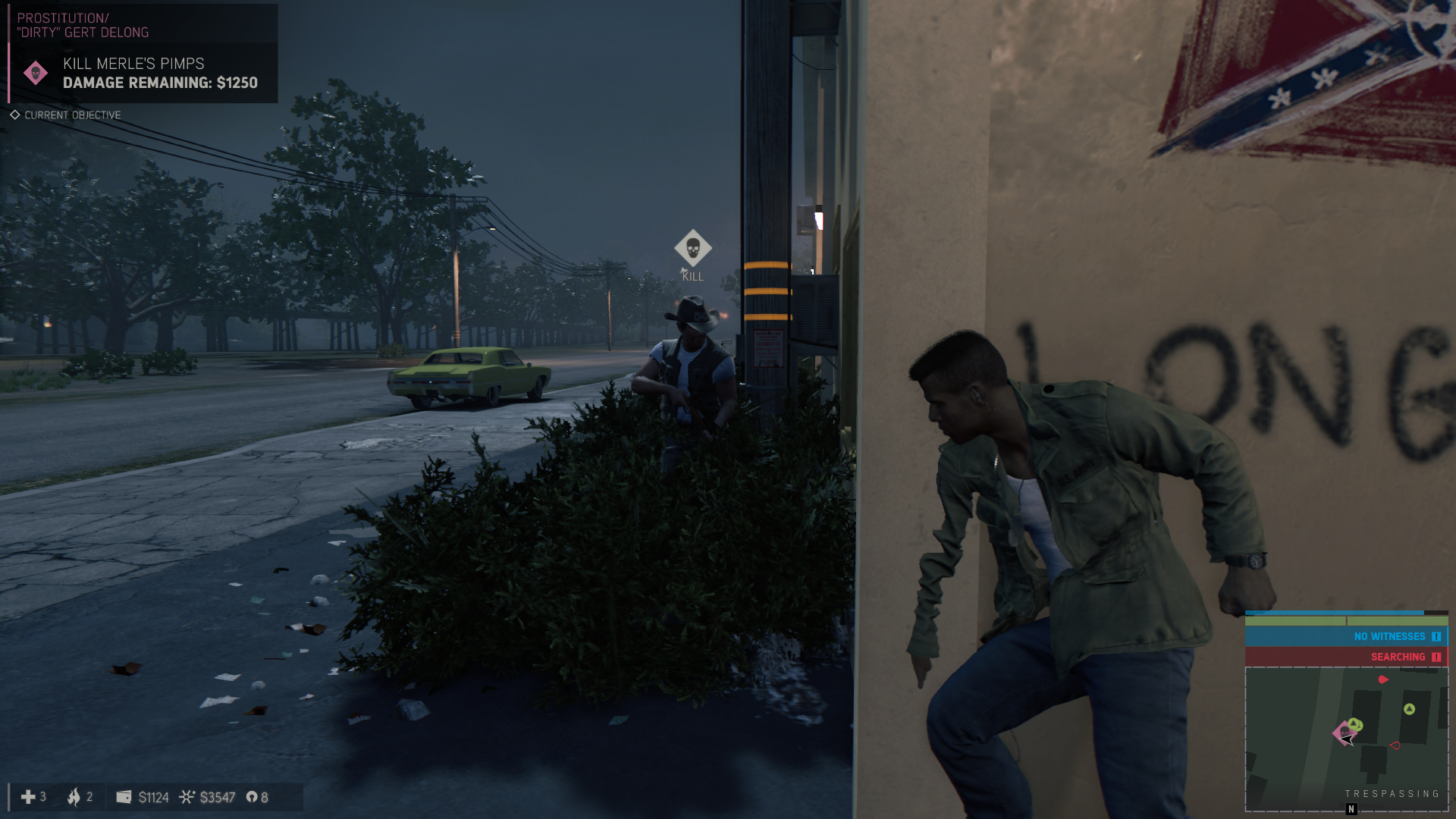
-
Mafia Iii Review 39
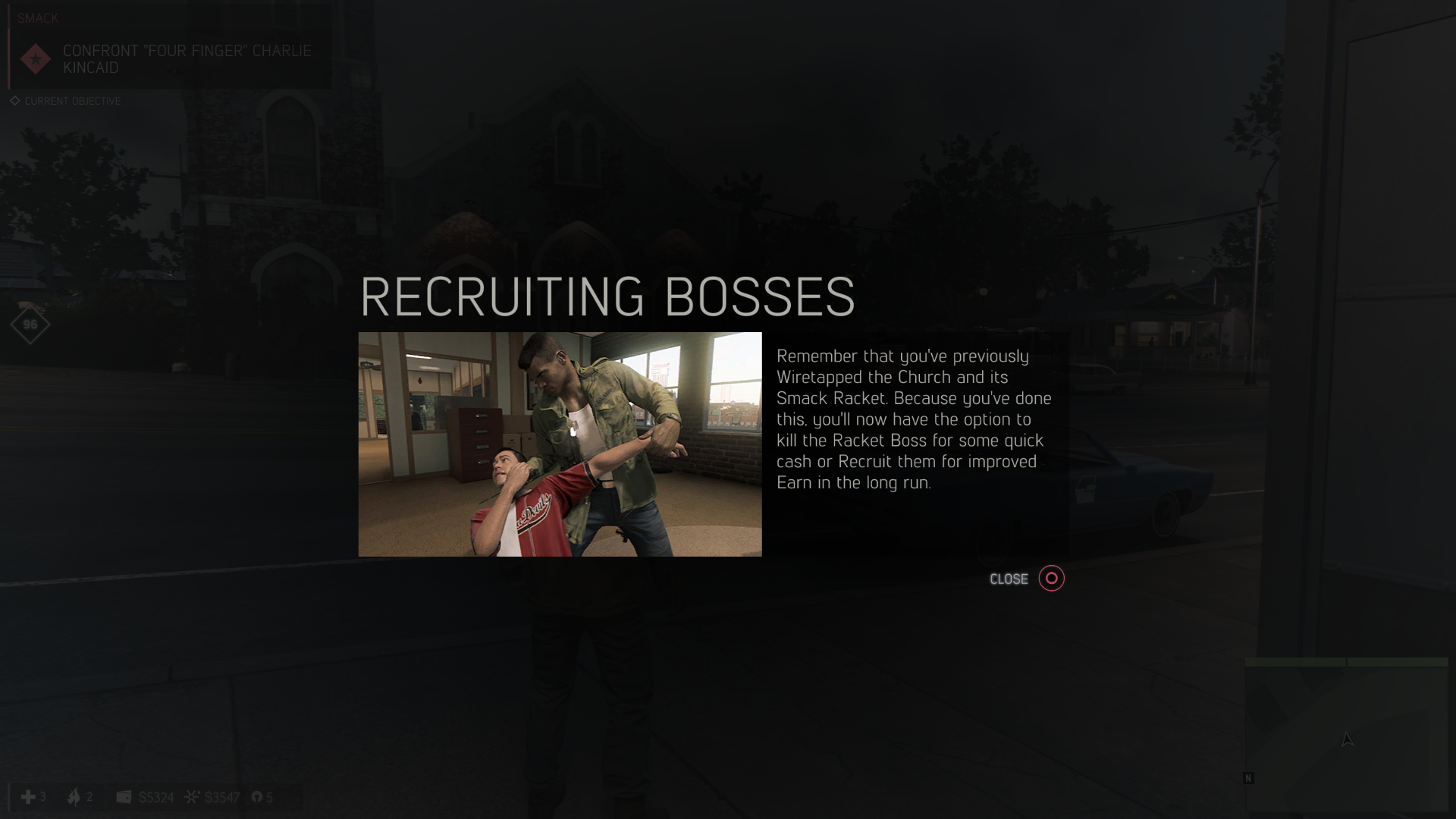
-
Mafia Iii Review 40
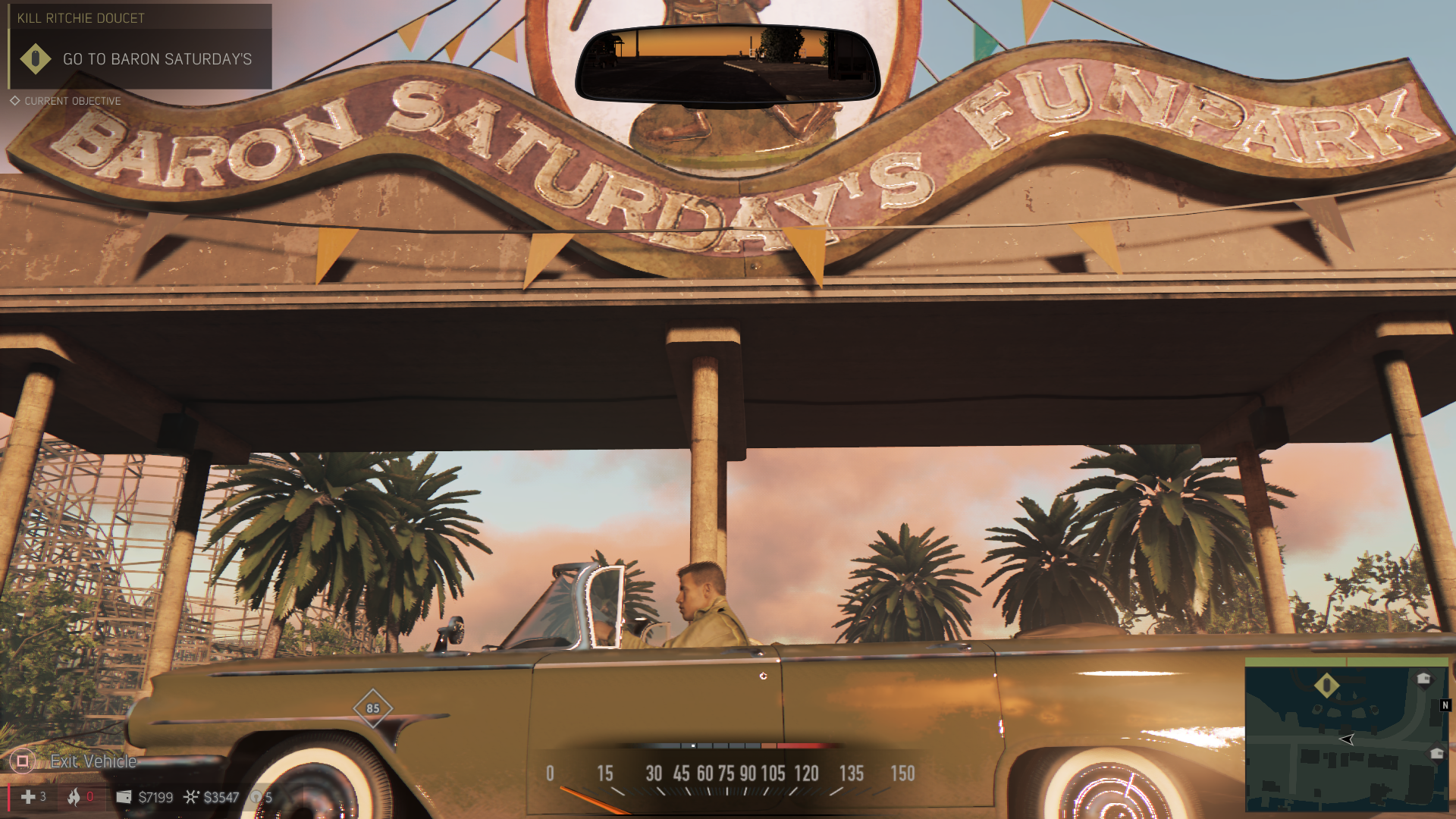
-
Mafia Iii Review 41
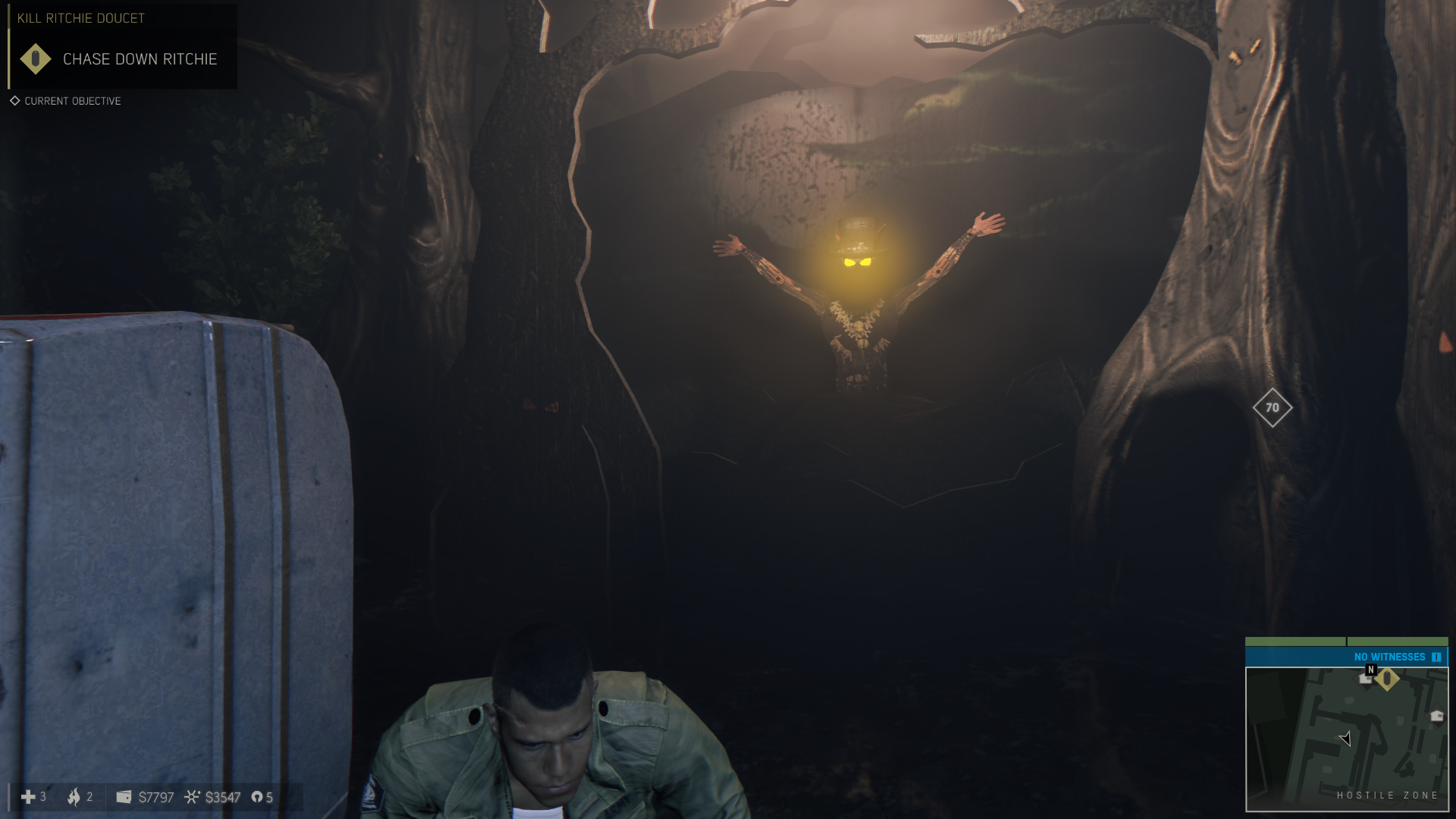
-
Mafia Iii Review 43
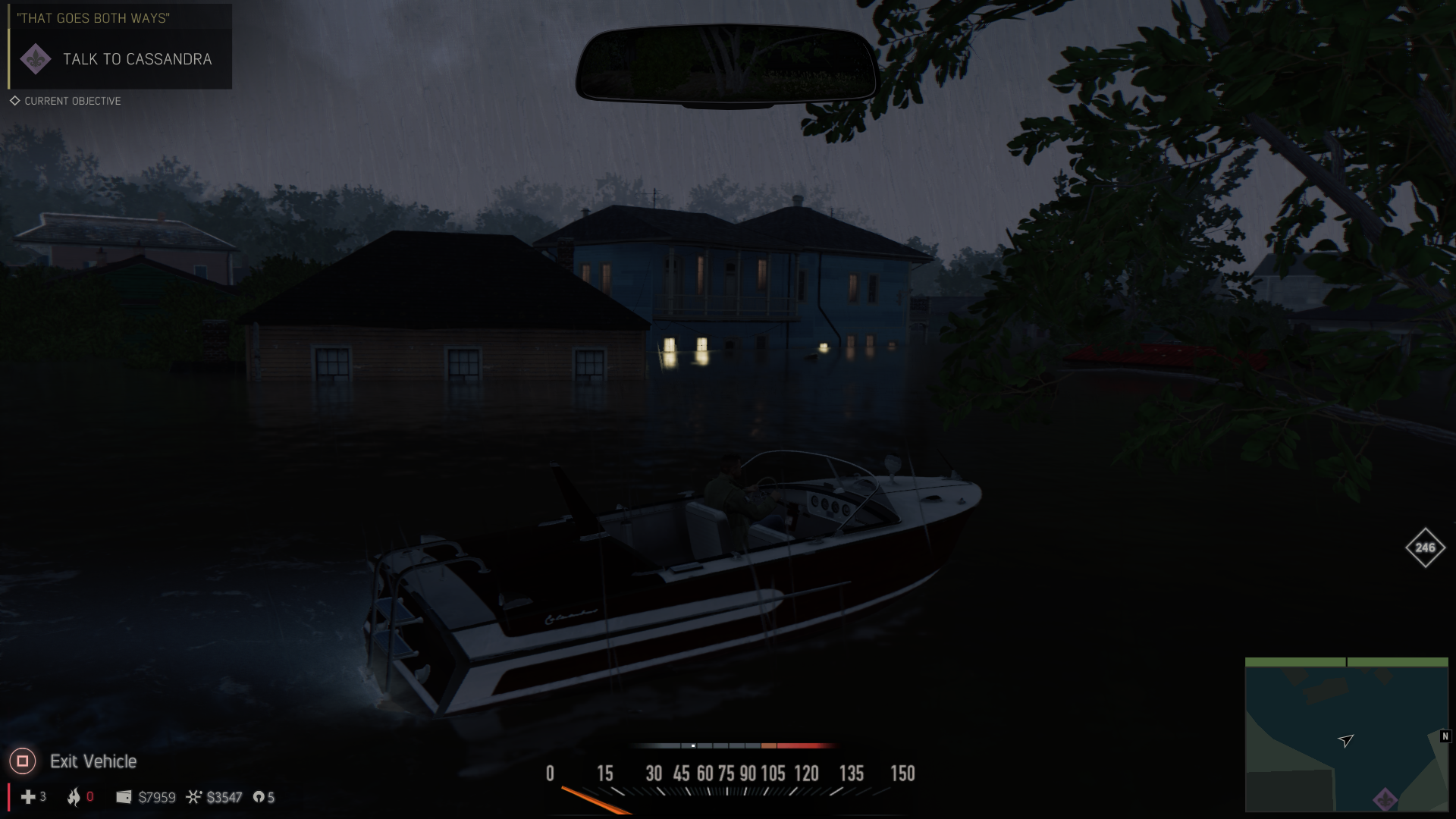
-
Mafia Iii Review 44
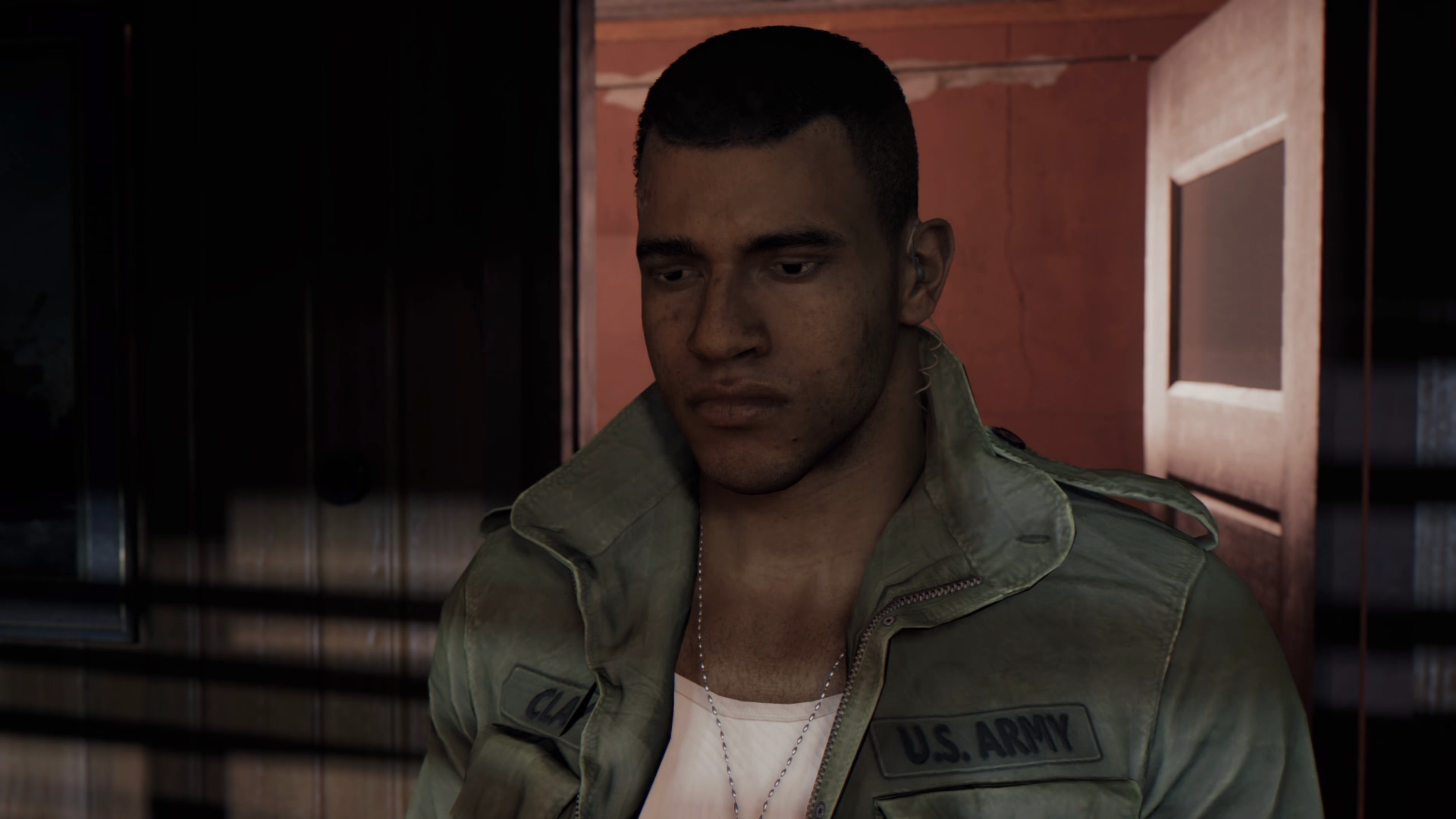
-
Mafia Iii Review 46
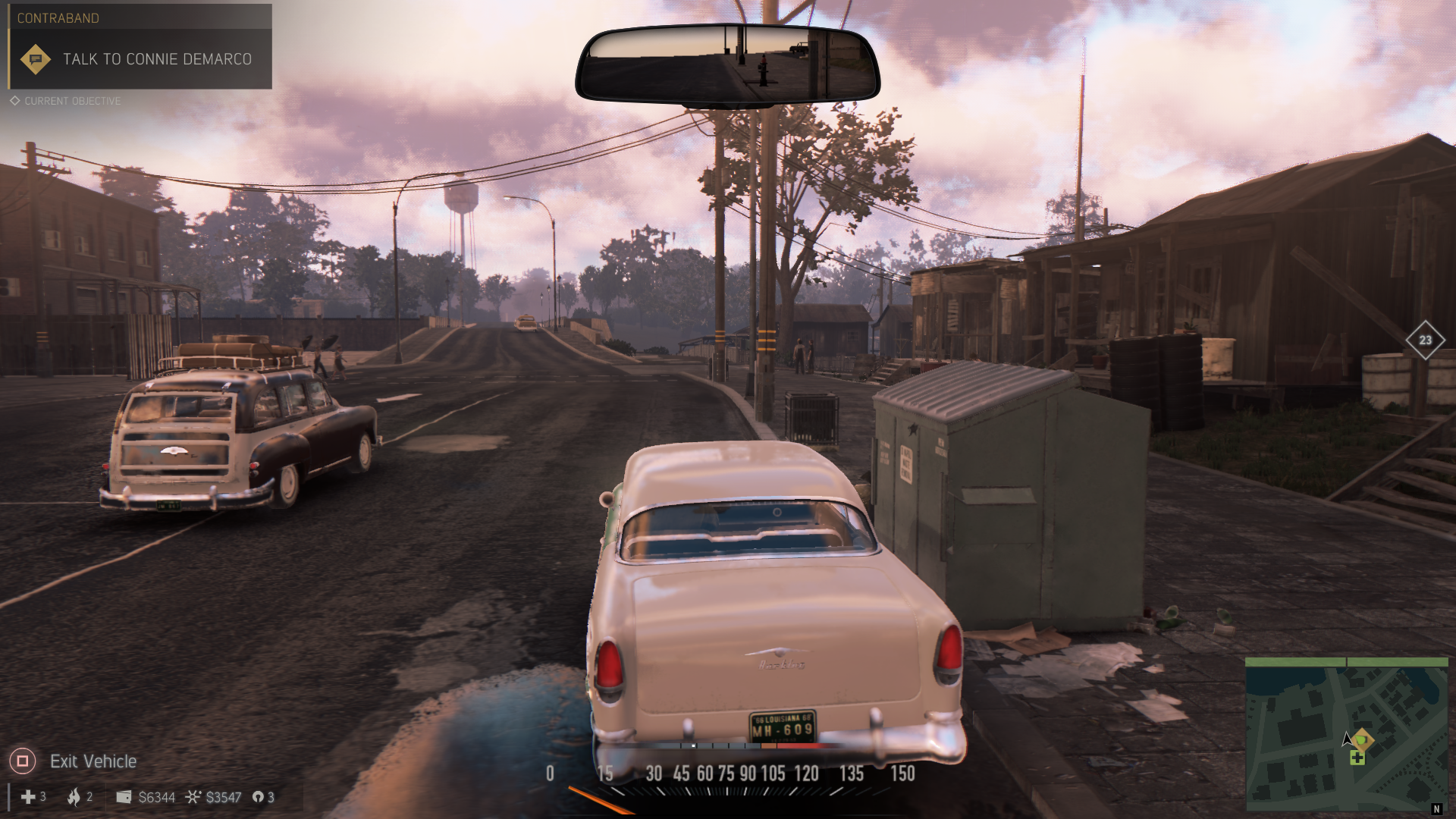
-
Mafia Iii Review 47
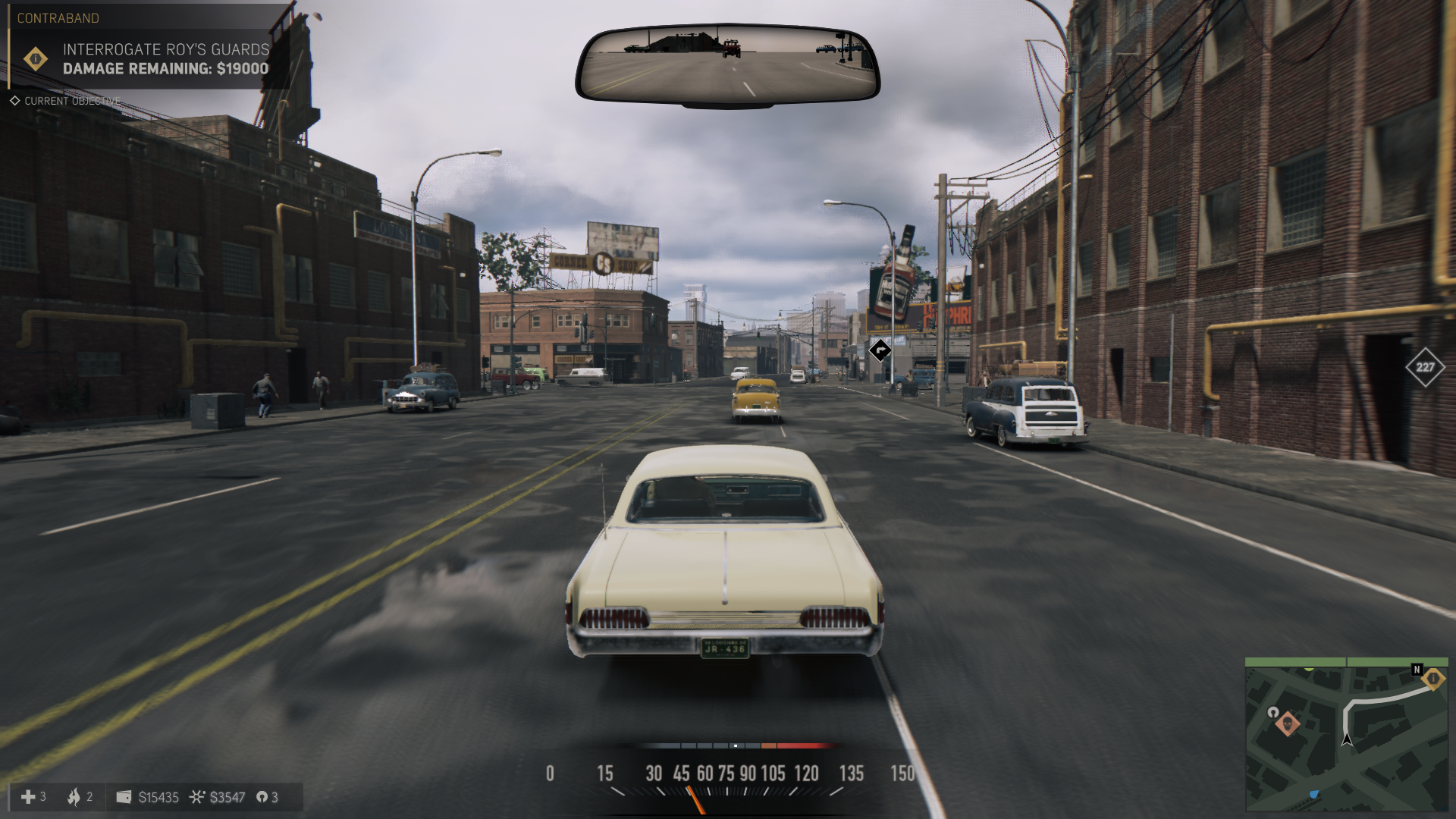
-
Mafia Iii Review 48
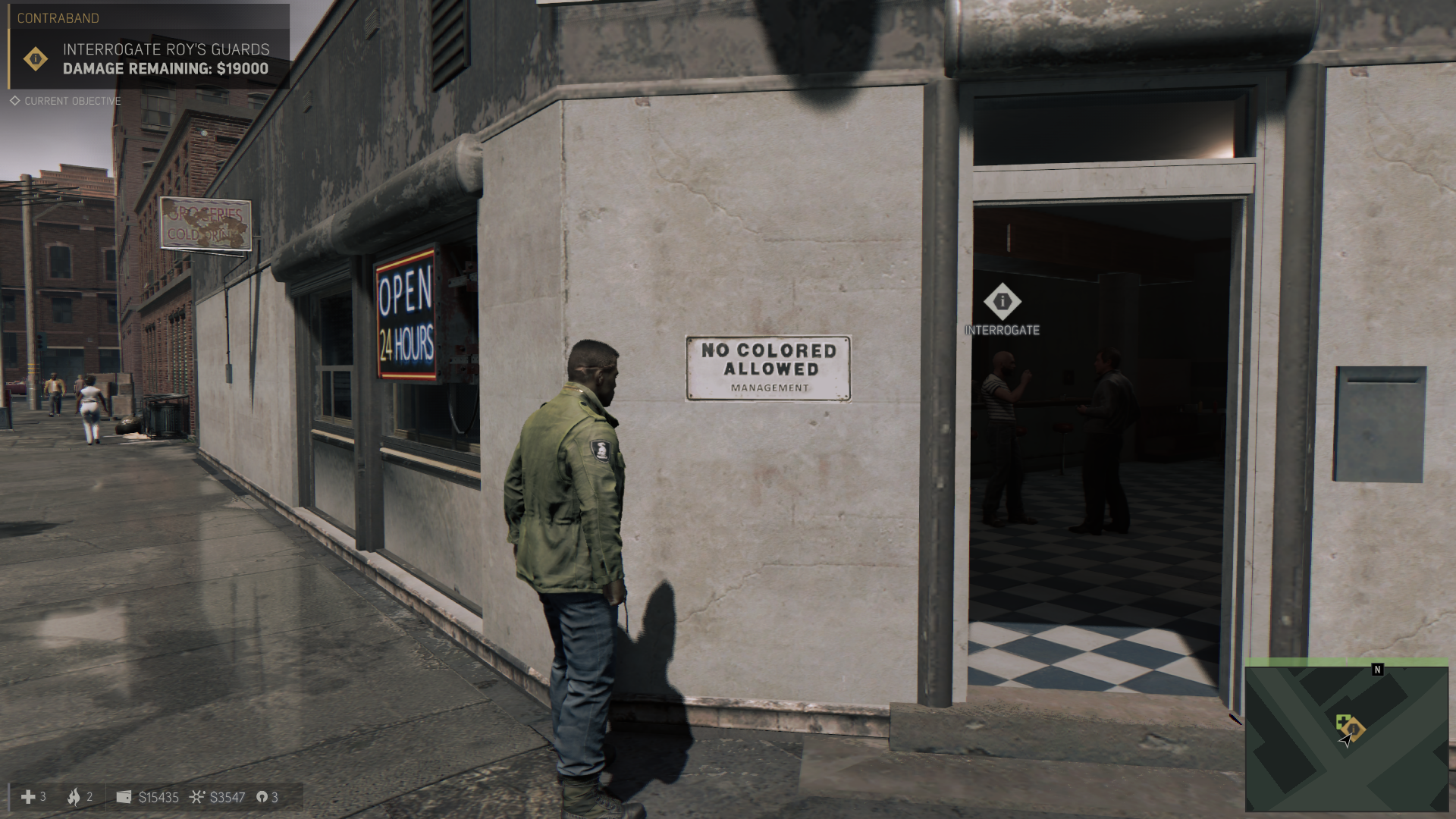
-
Mafia Iii Review 49
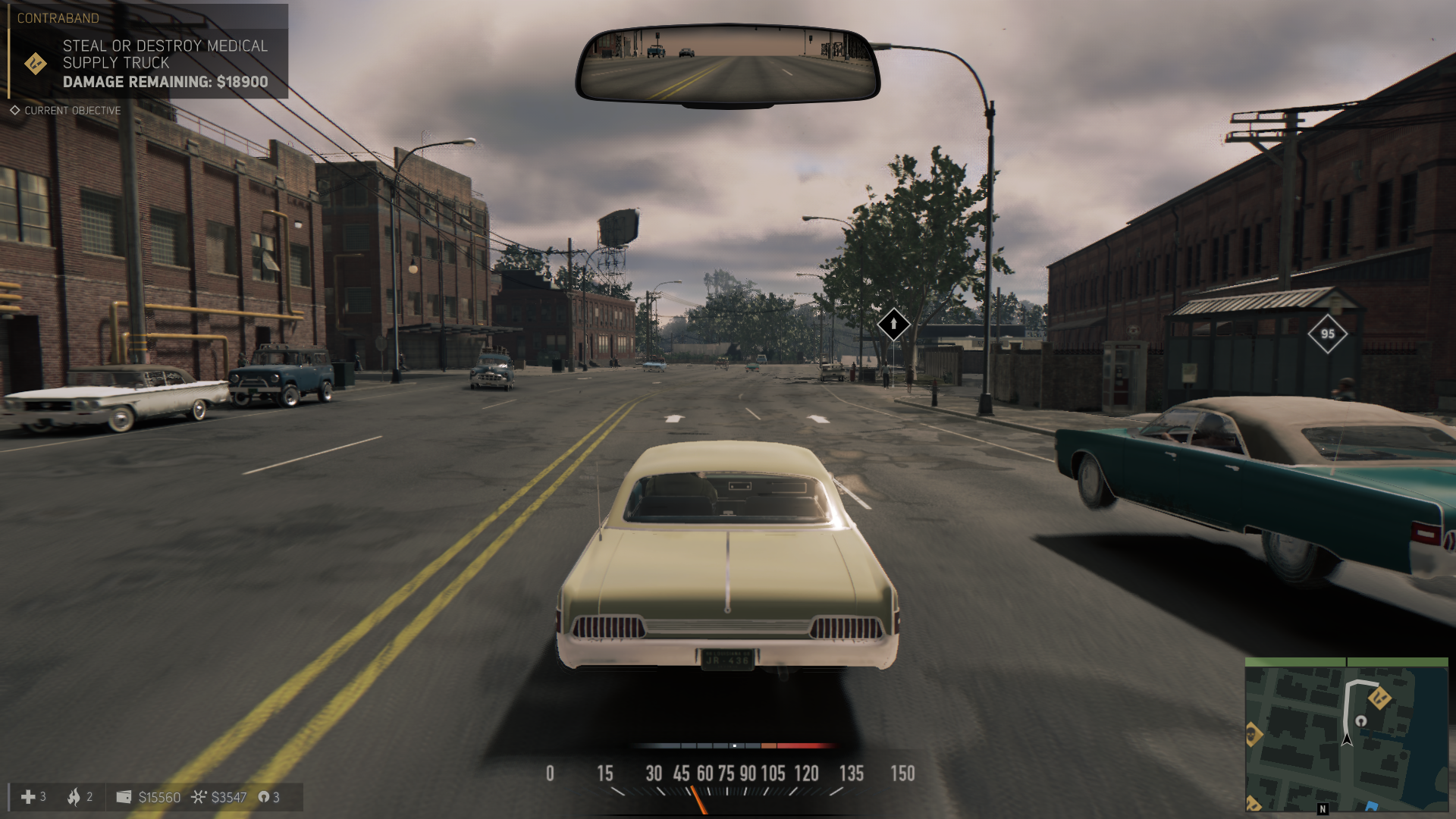
-
Mafia Iii Review 50
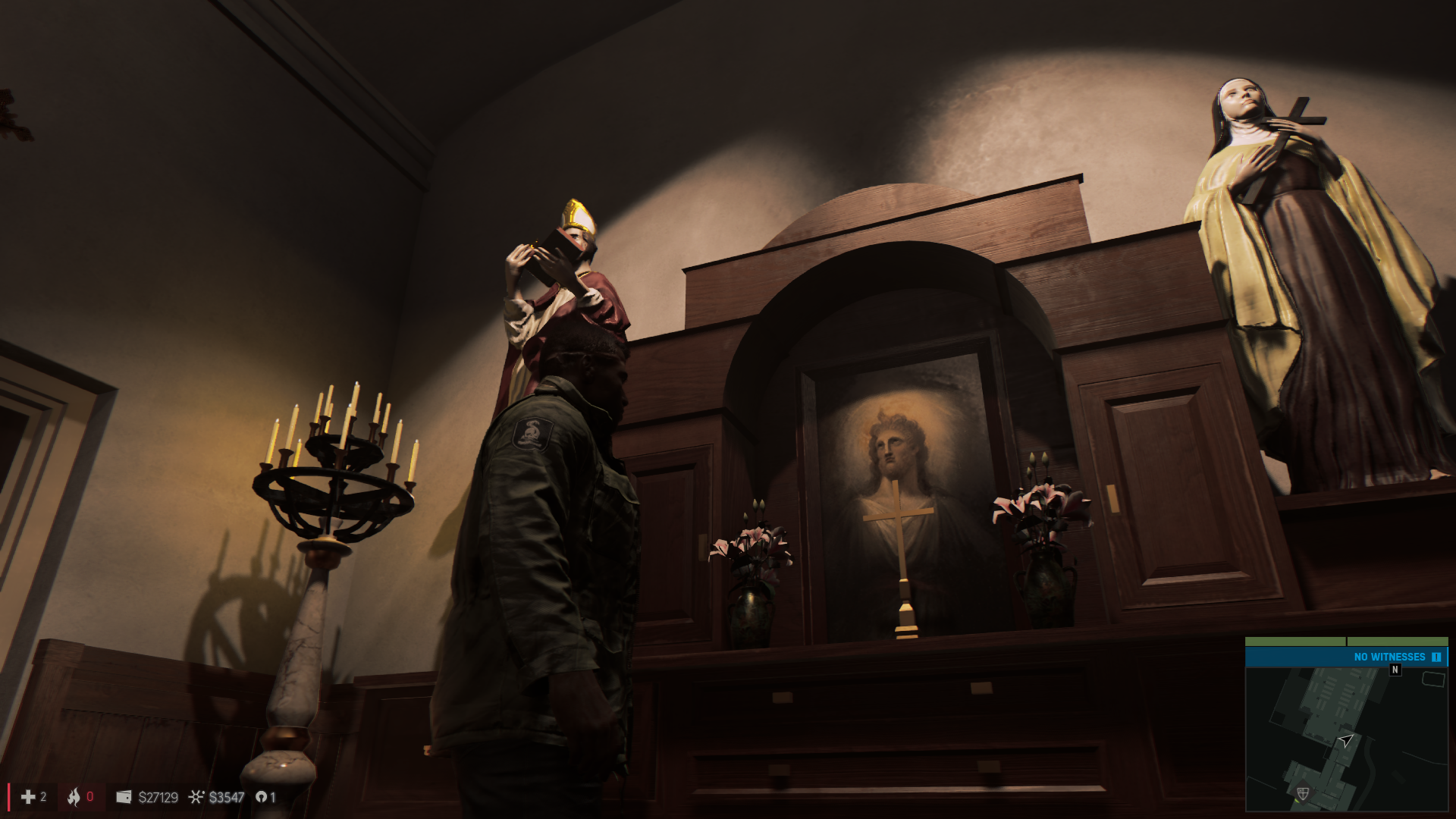
-
Mafia Iii Review 51
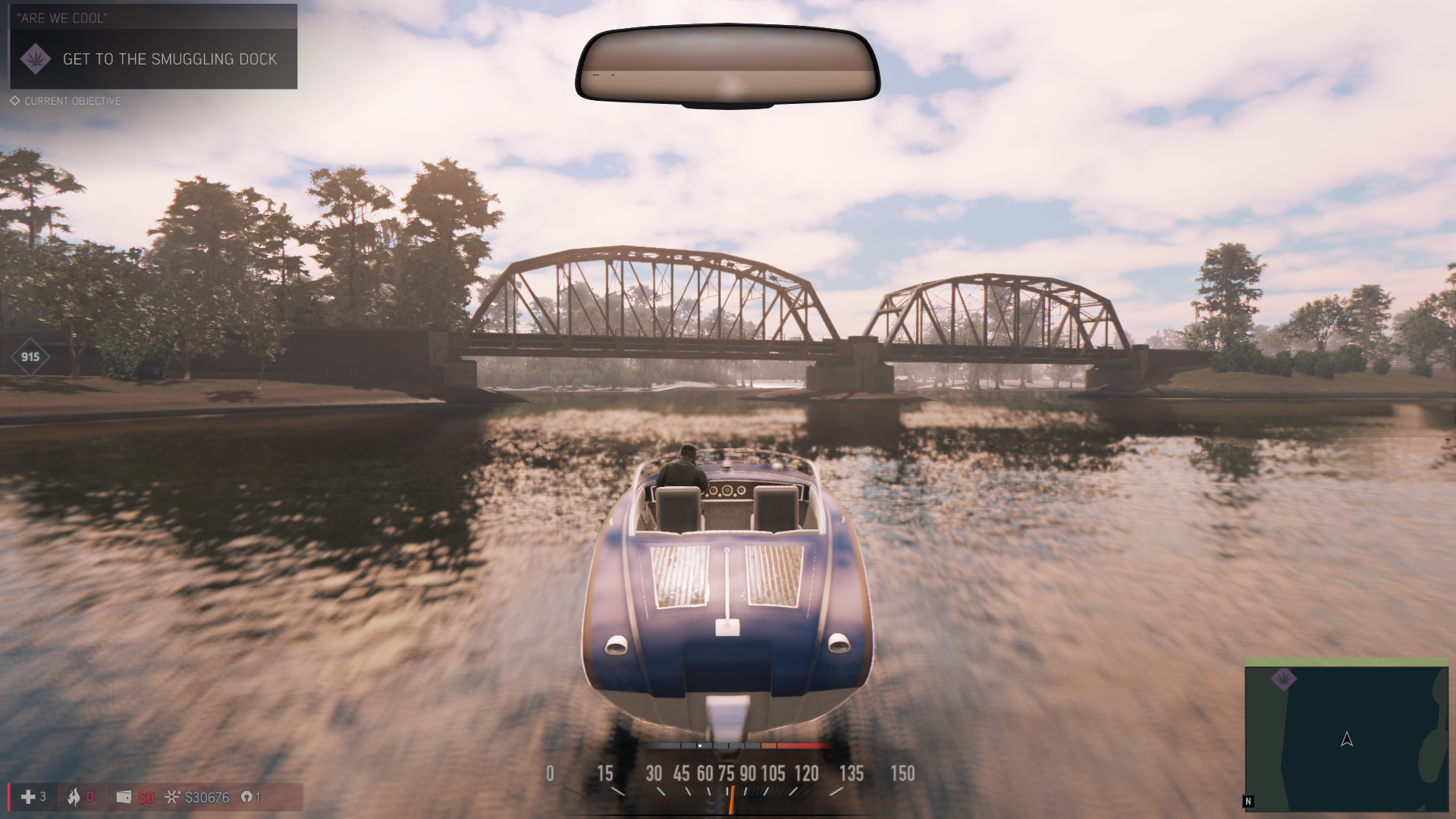
-
Mafia Iii Review 52
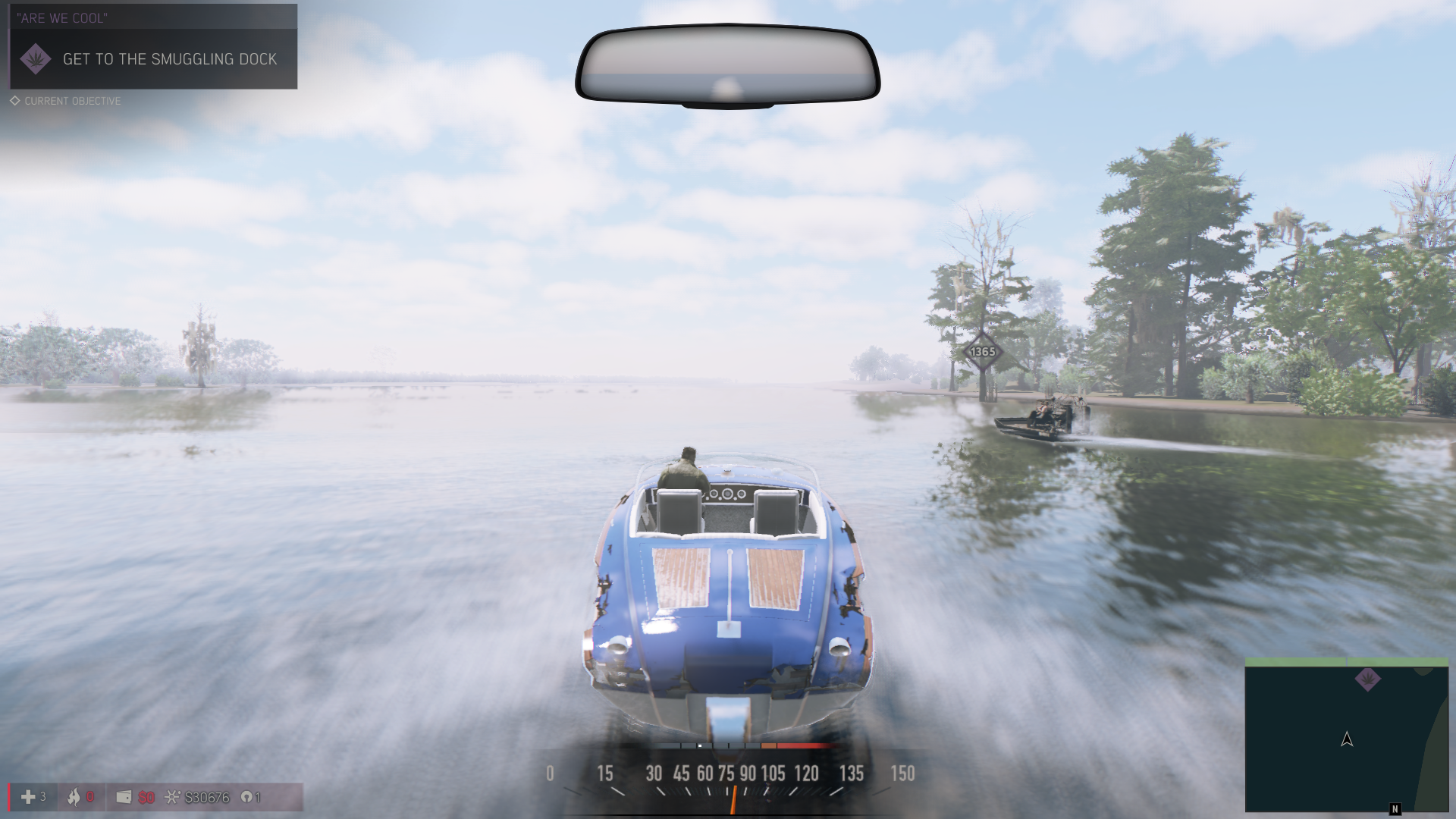
-
Mafia Iii Review 55
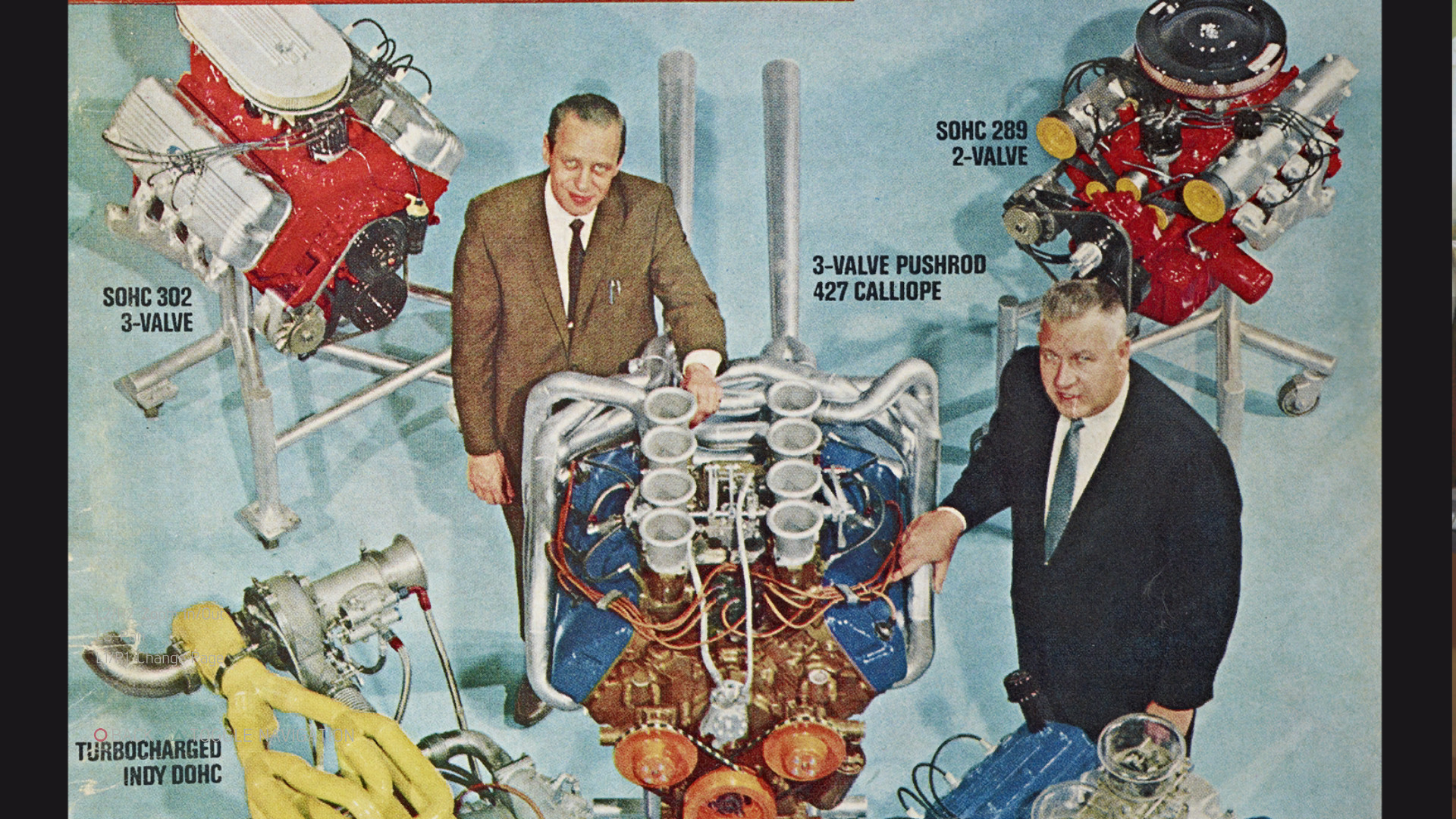
-
Mafia Iii Review 58
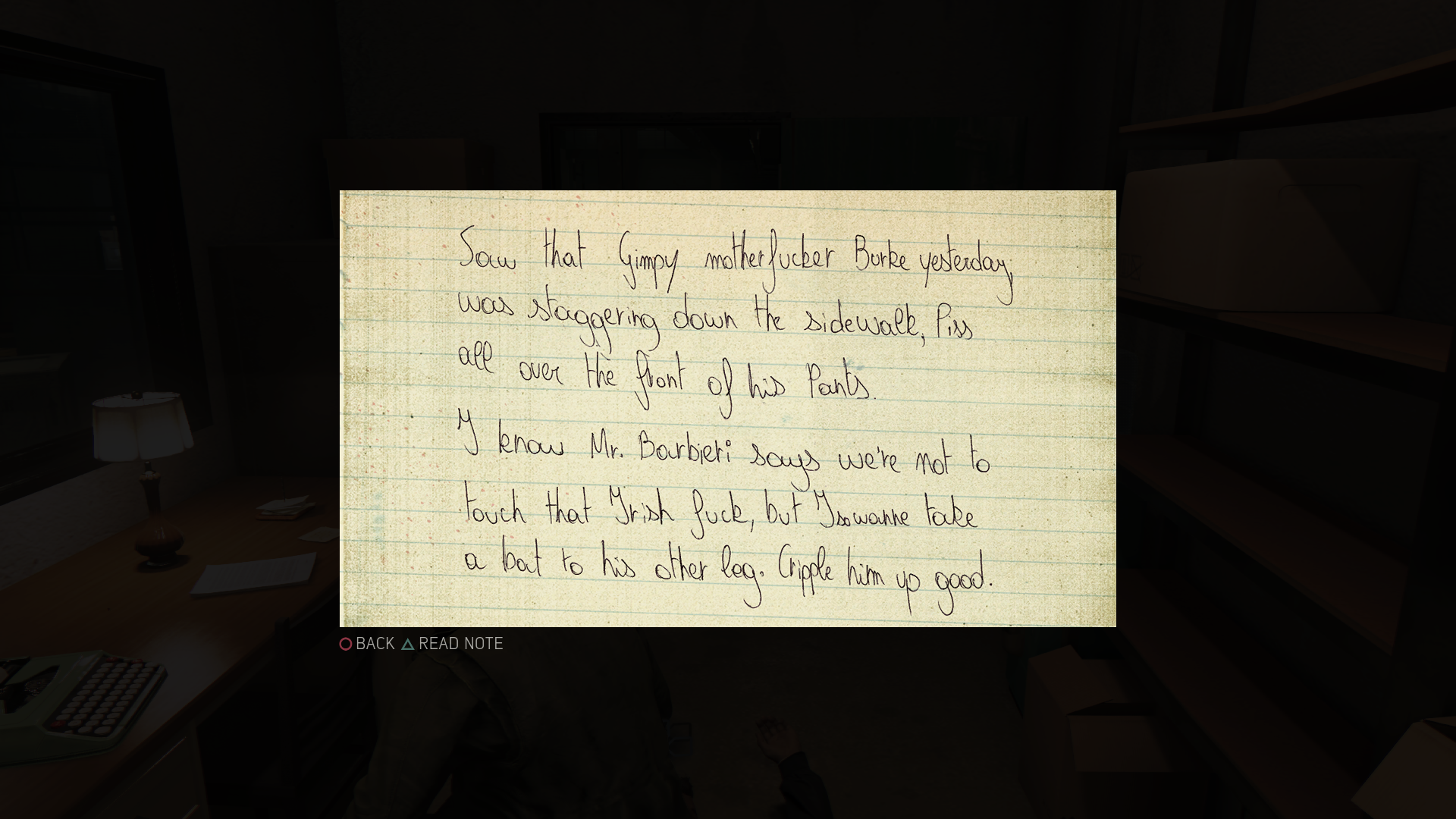
-
Mafia Iii Review 59
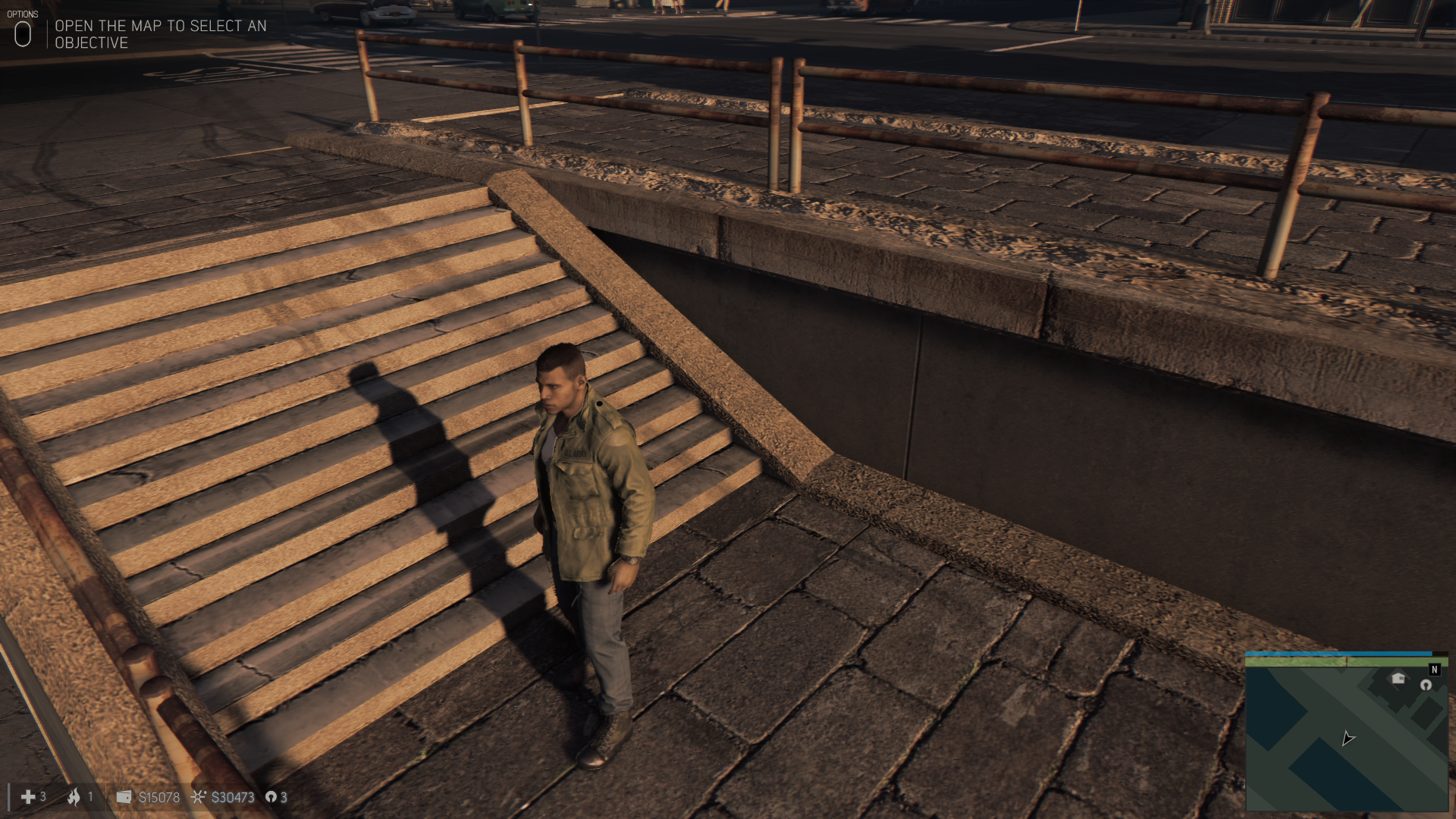
-
Mafia Iii Review 61
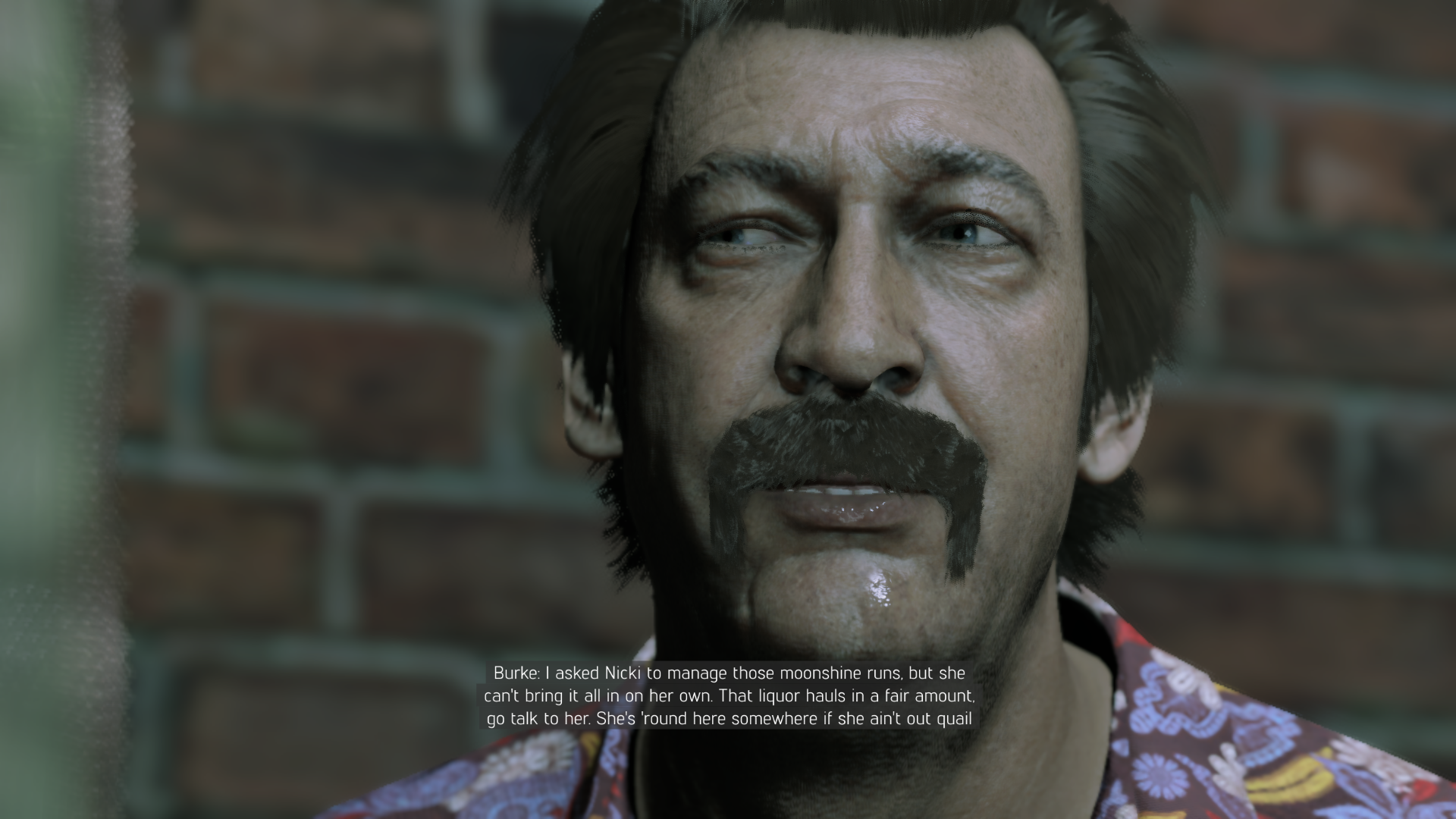
-
Mafia Iii Review 62
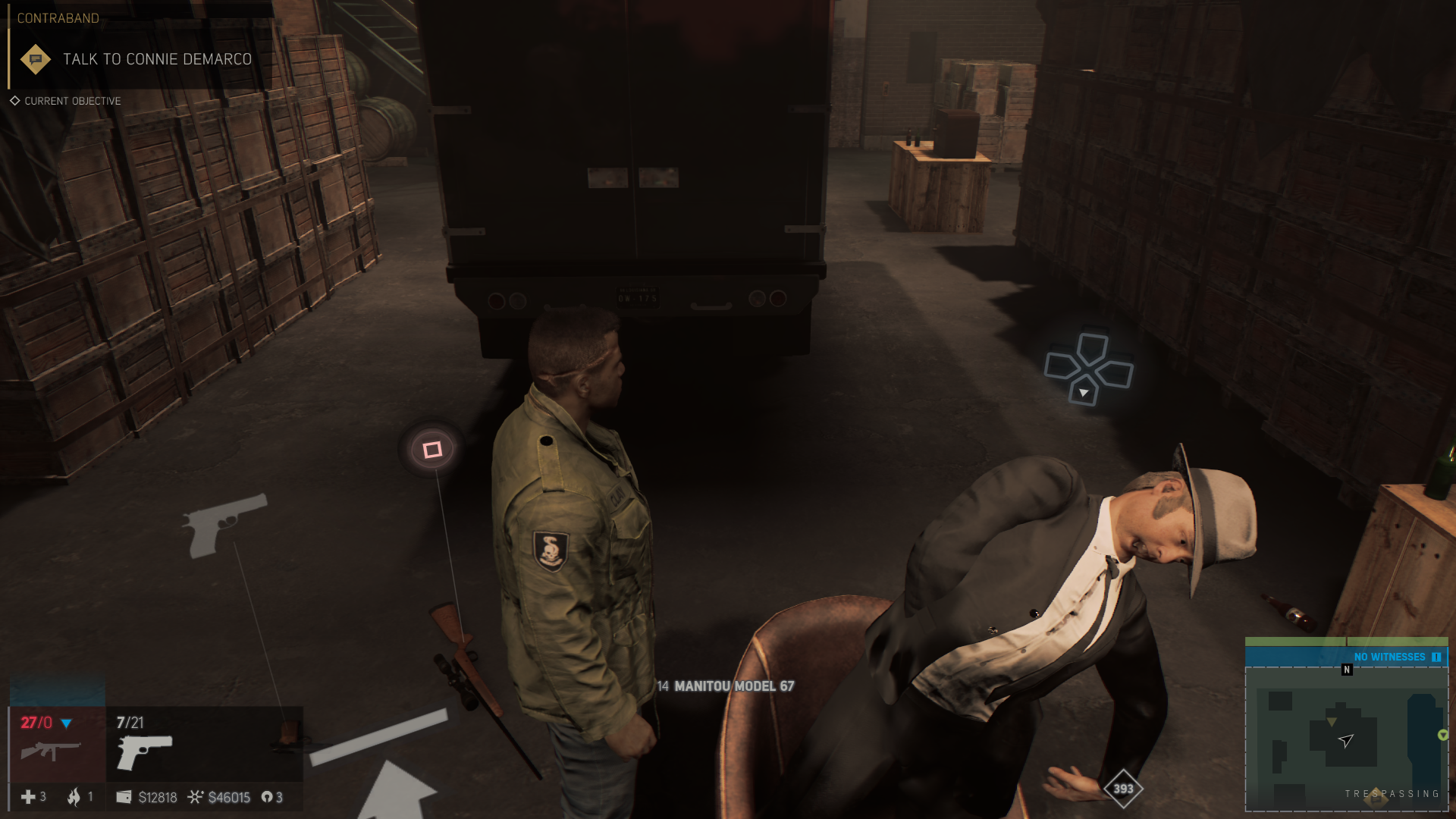
-
Mafia Iii Review 63
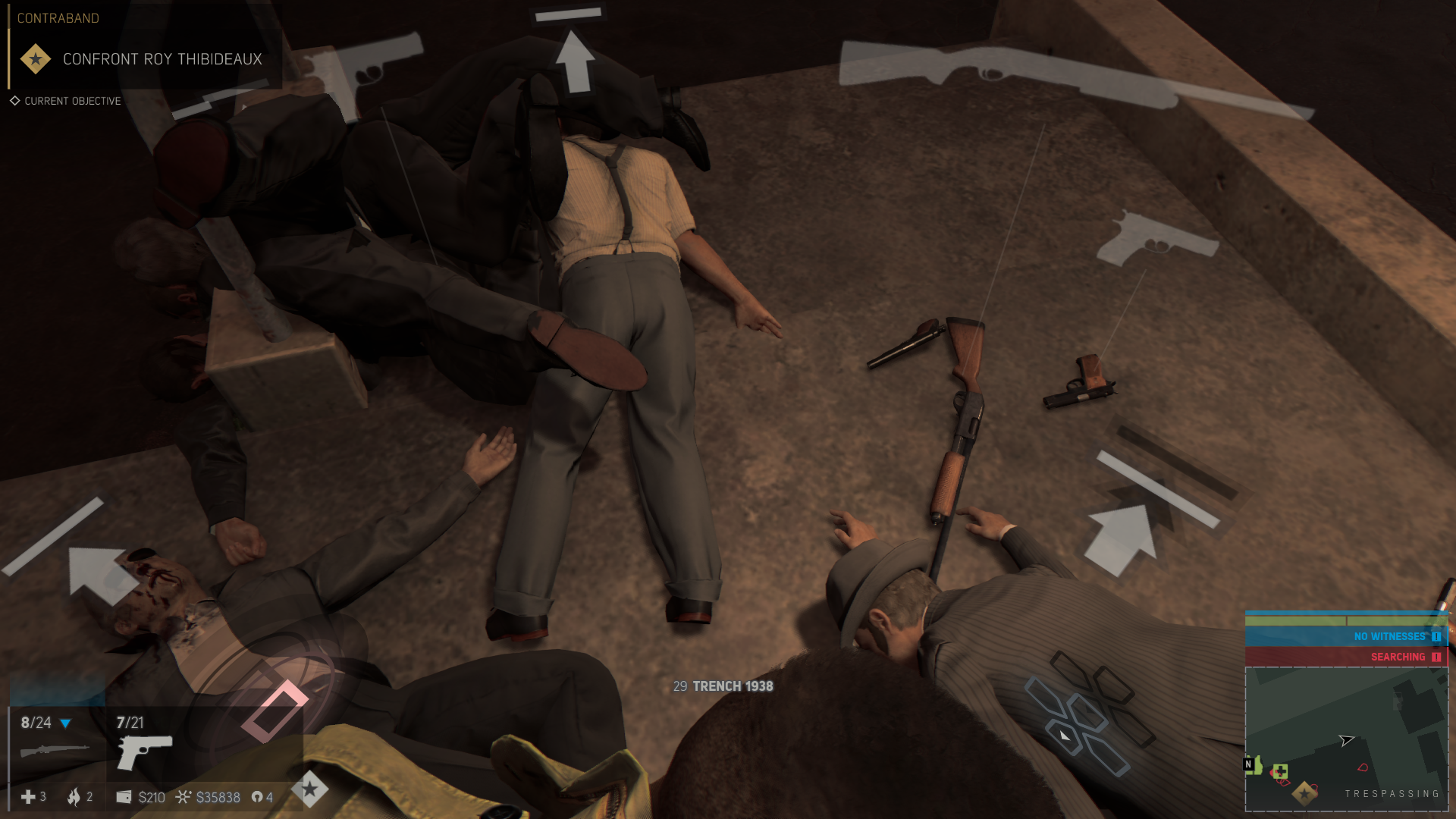
-
Mafia Iii Review 64
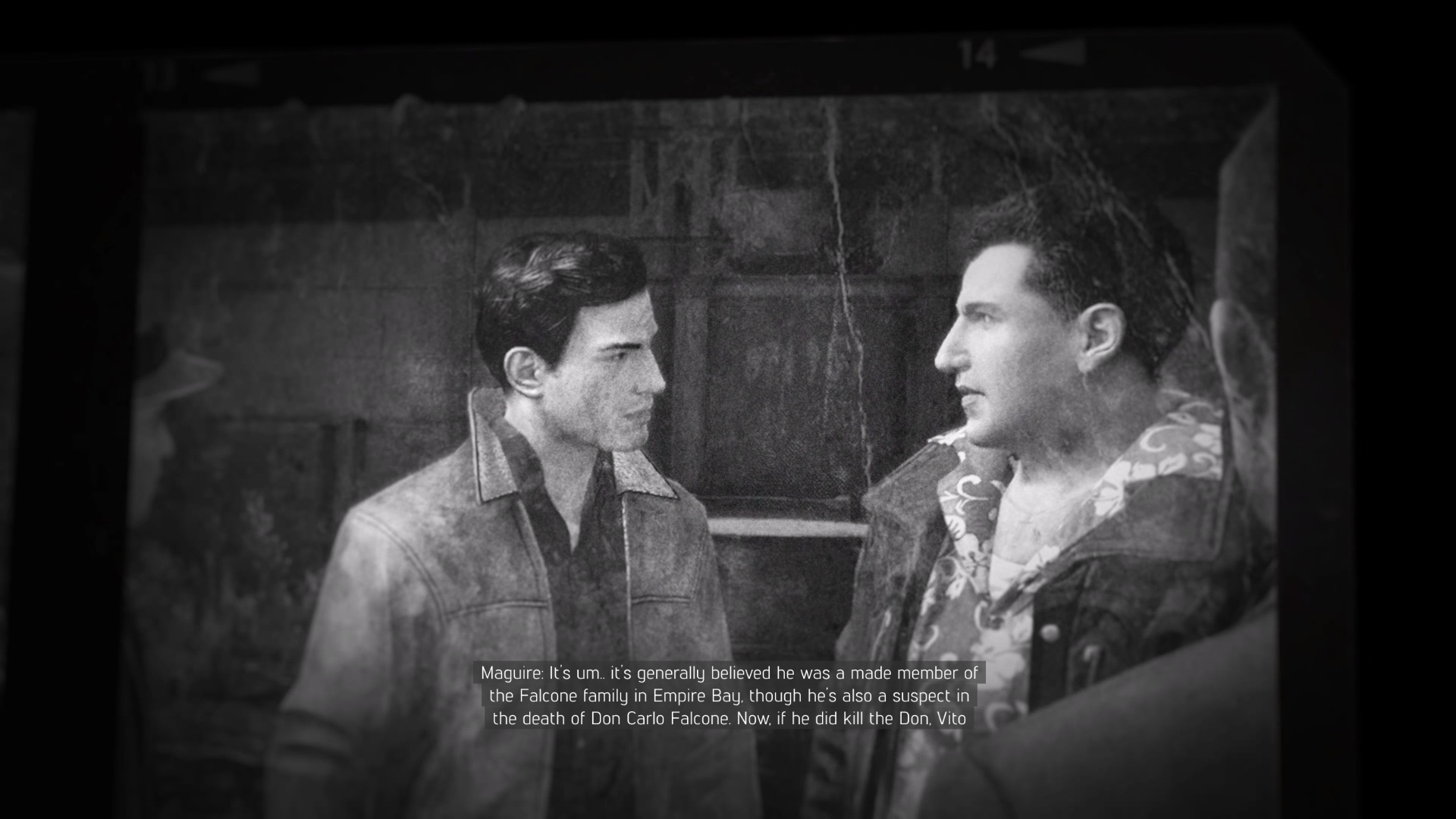
-
Mafia Iii Review 66
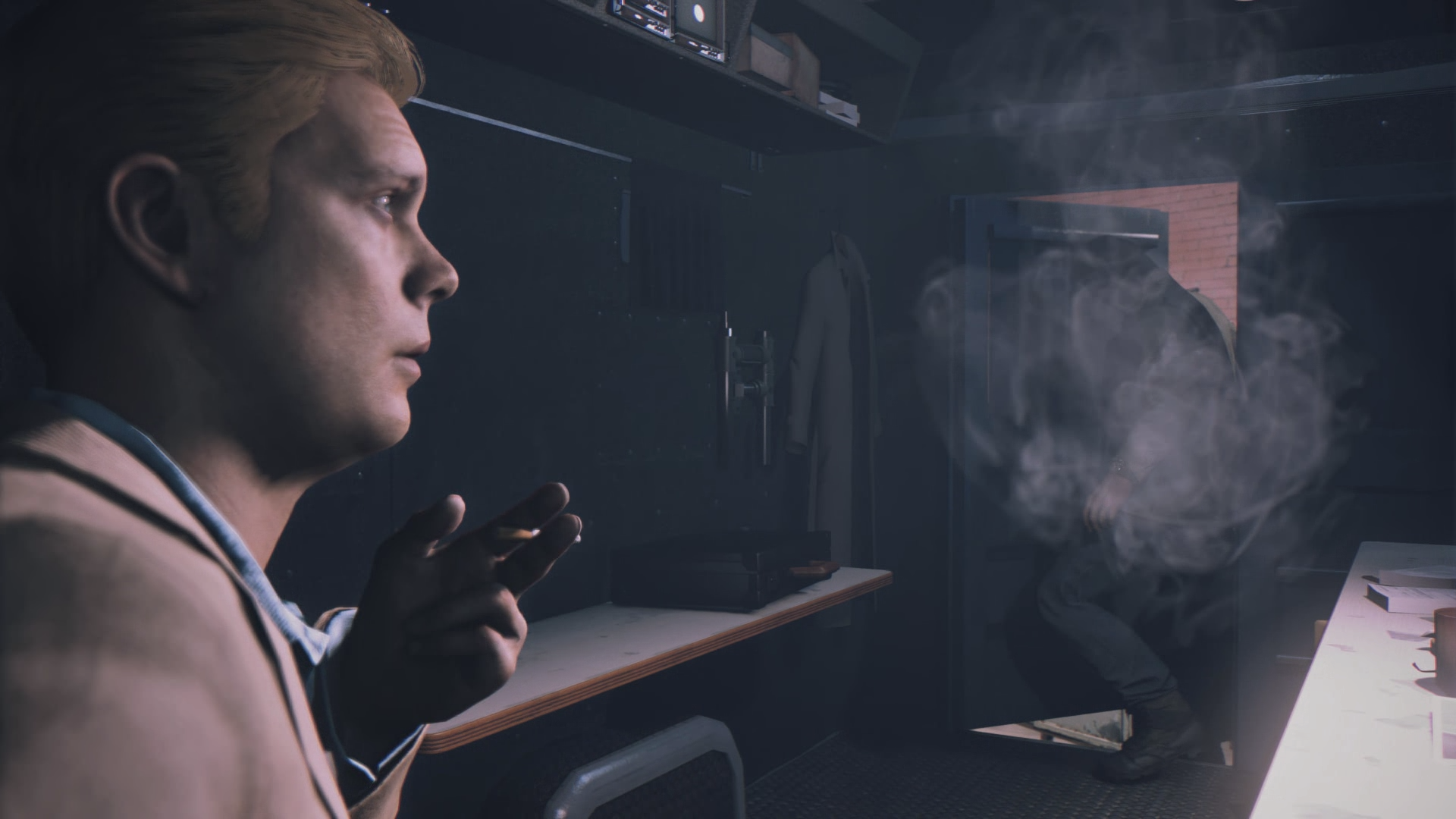
-
Mafia Iii Review 67
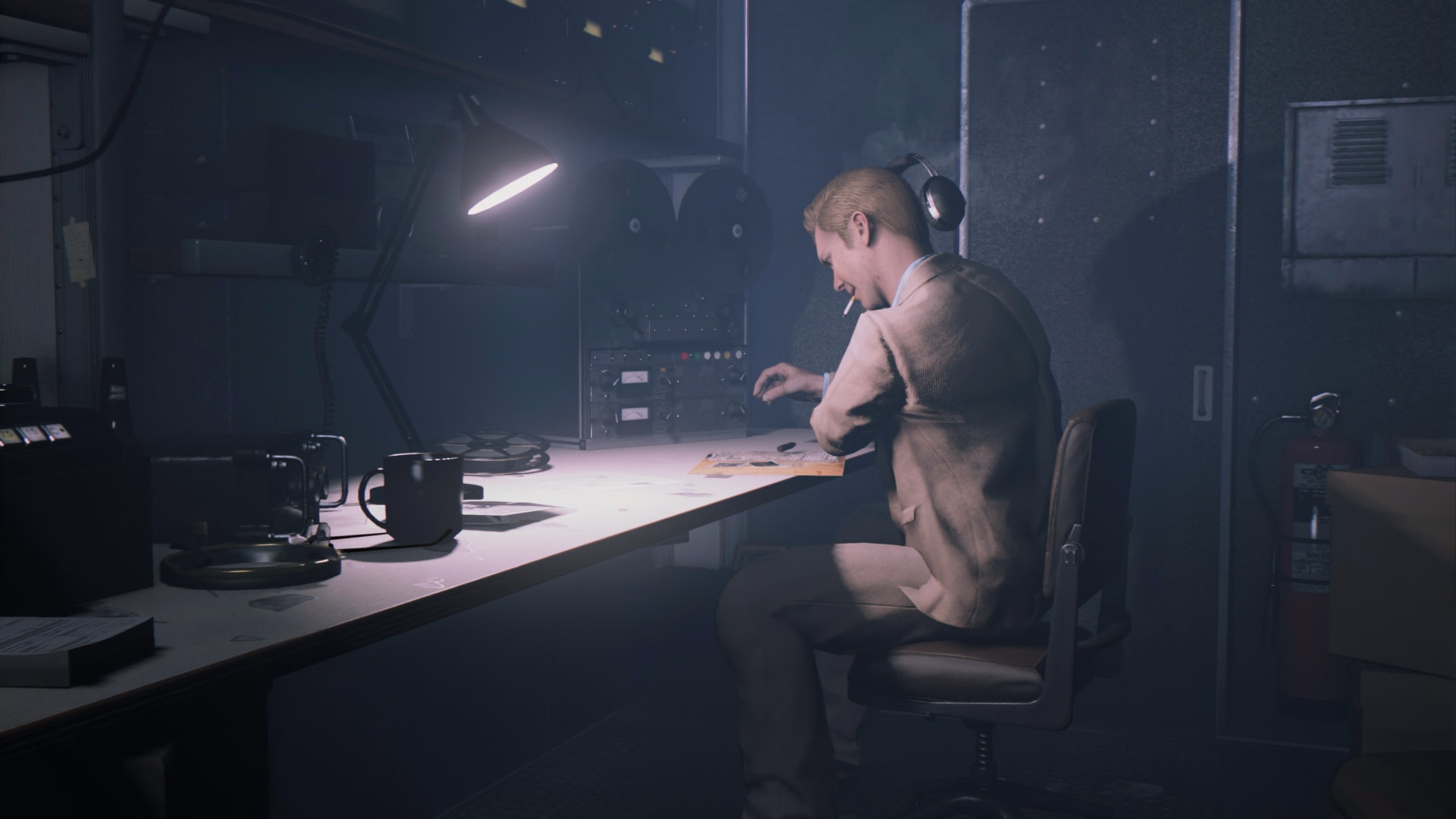
-
Mafia Iii Review 70
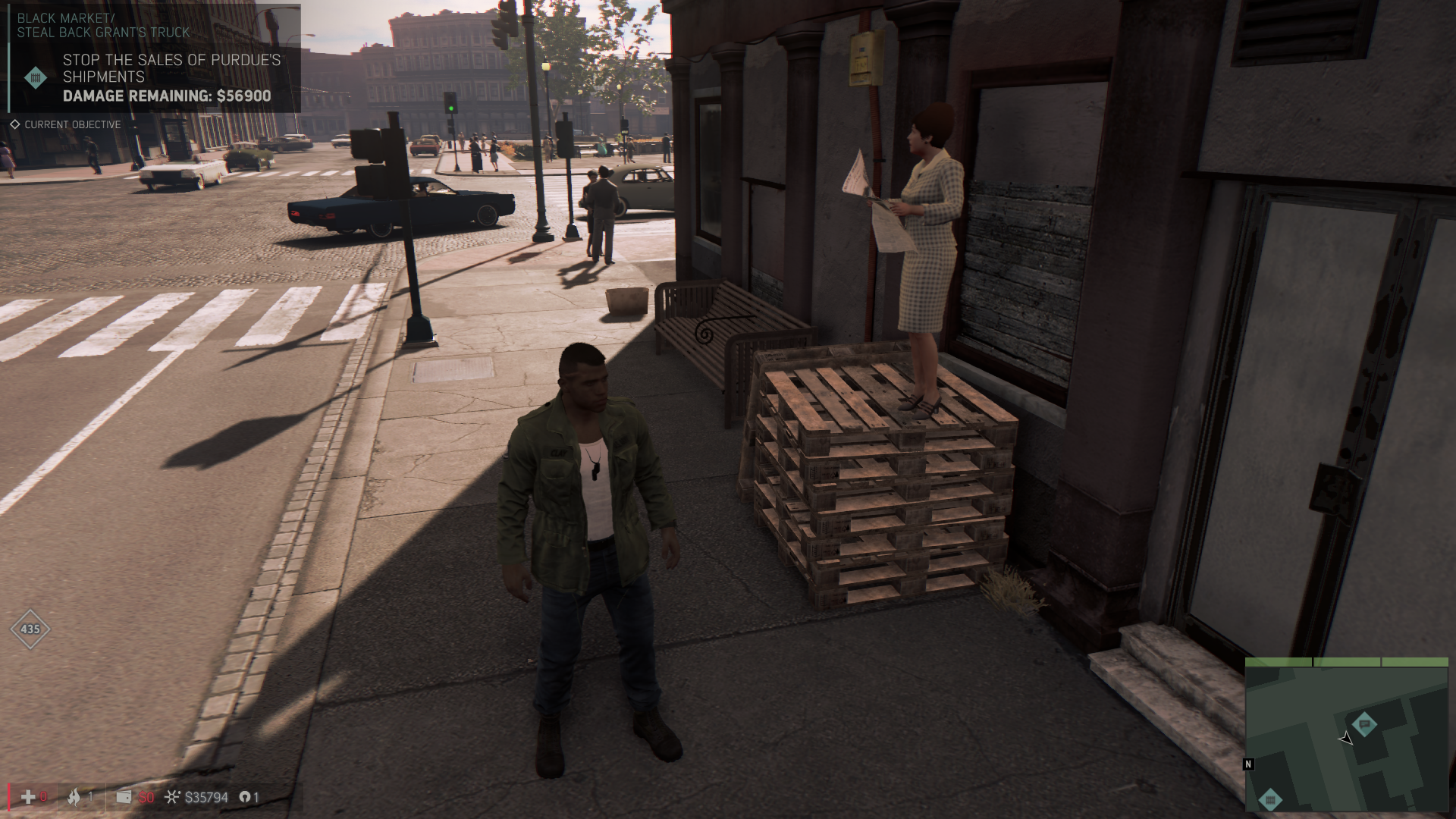
-
Mafia Iii Review 72
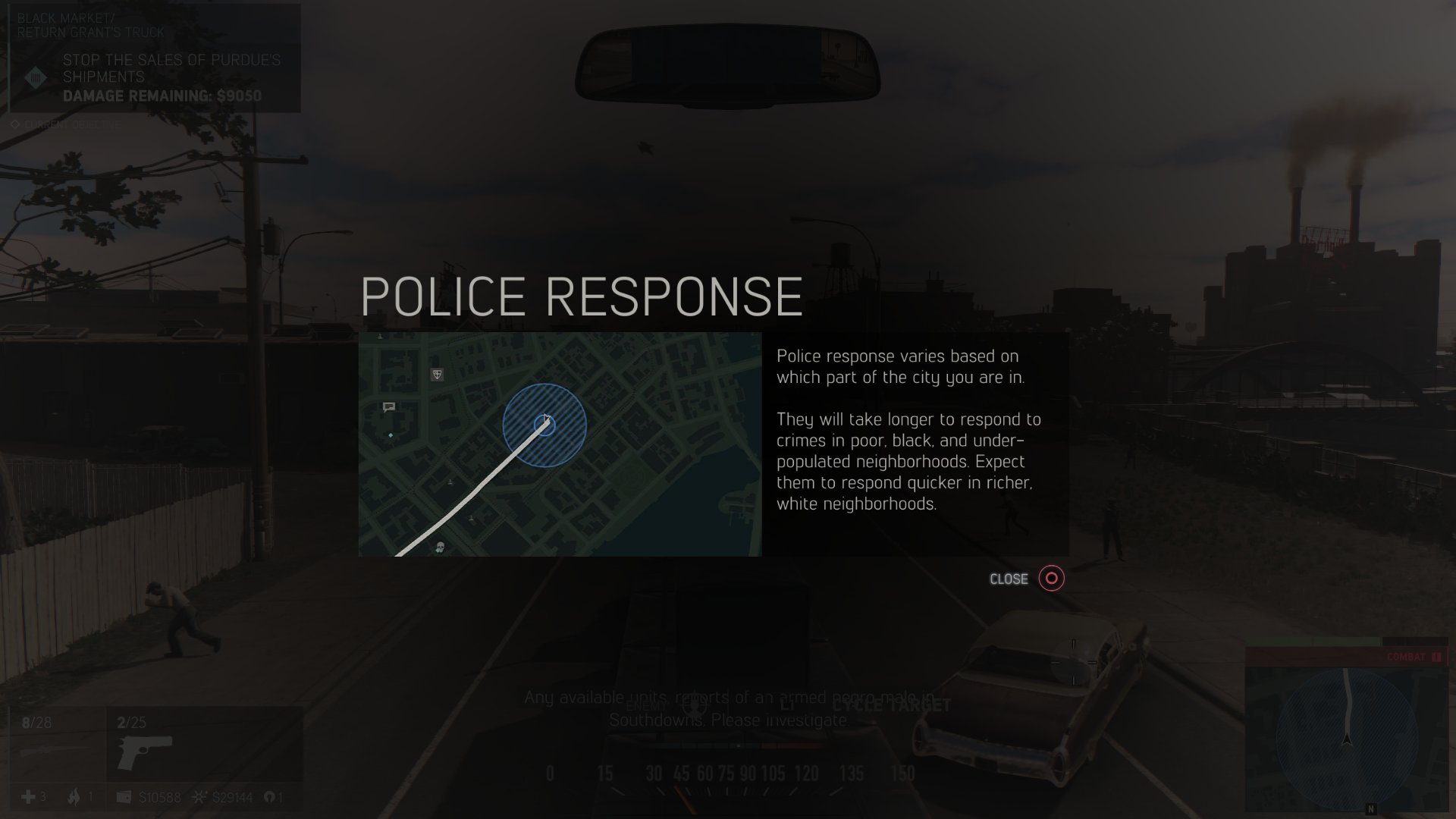
-
Mafia Iii Review 74
